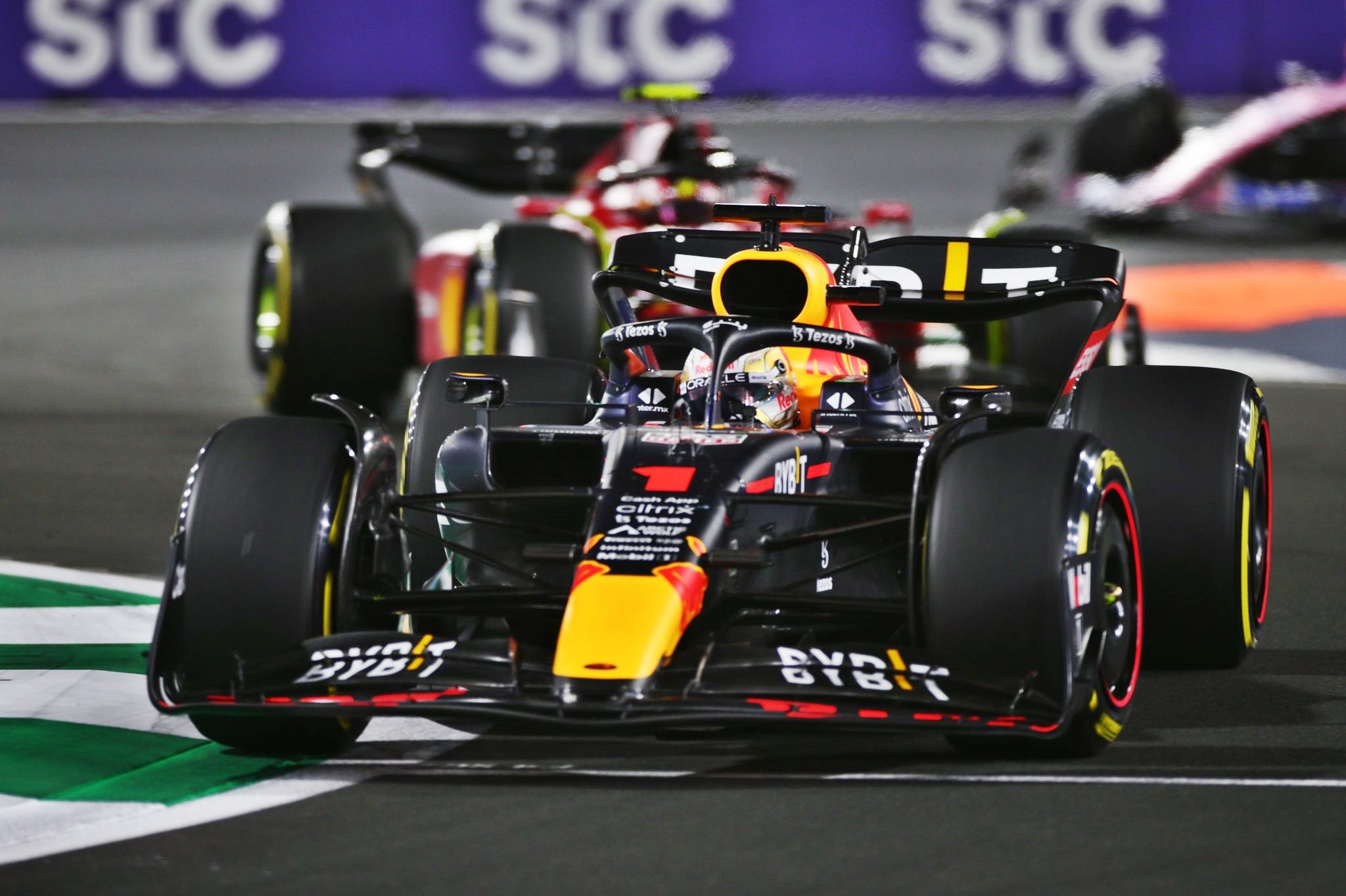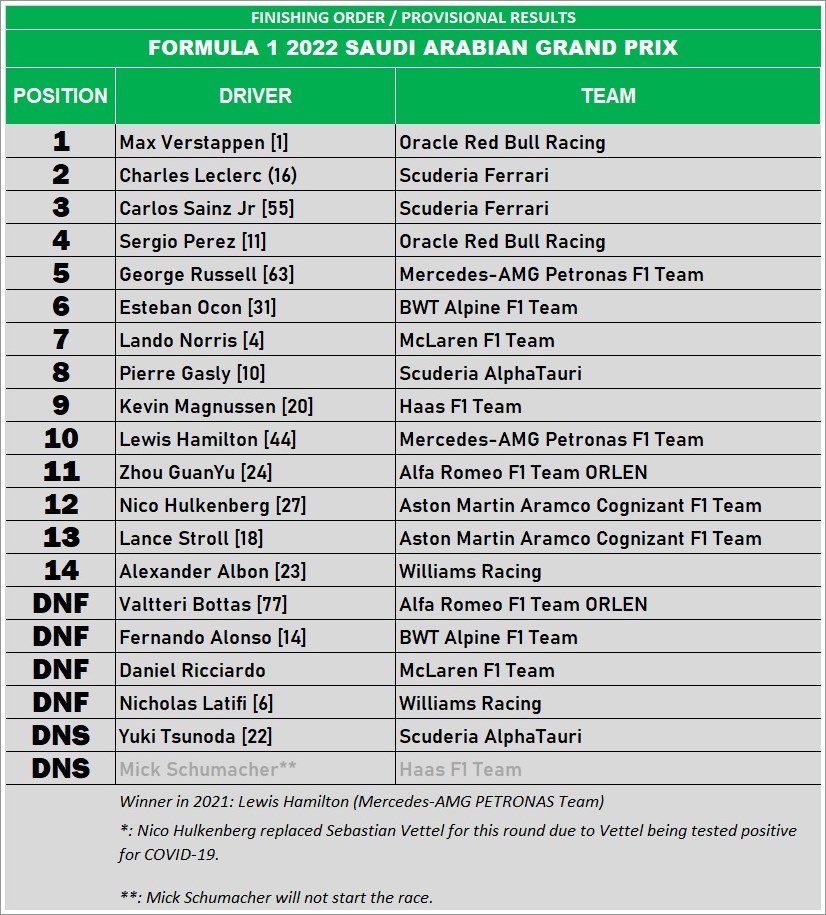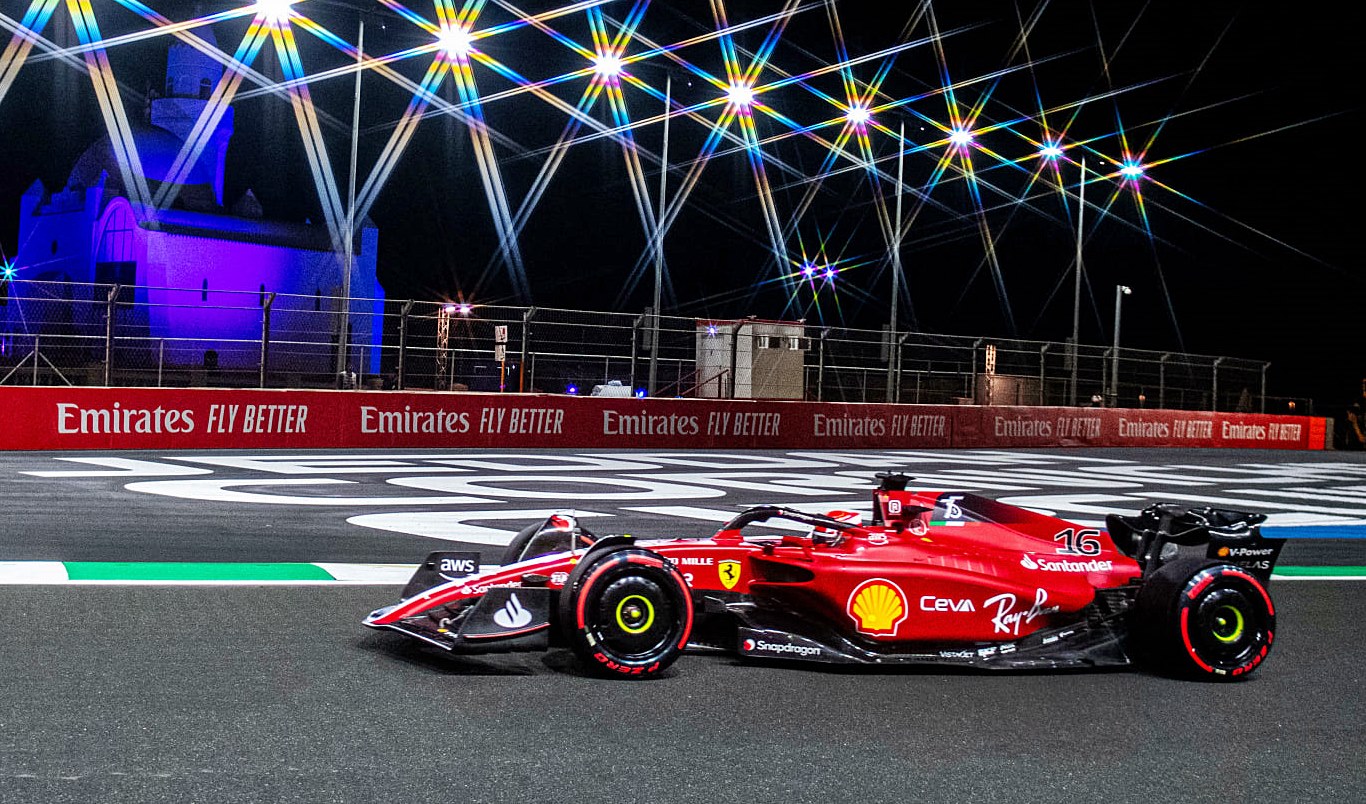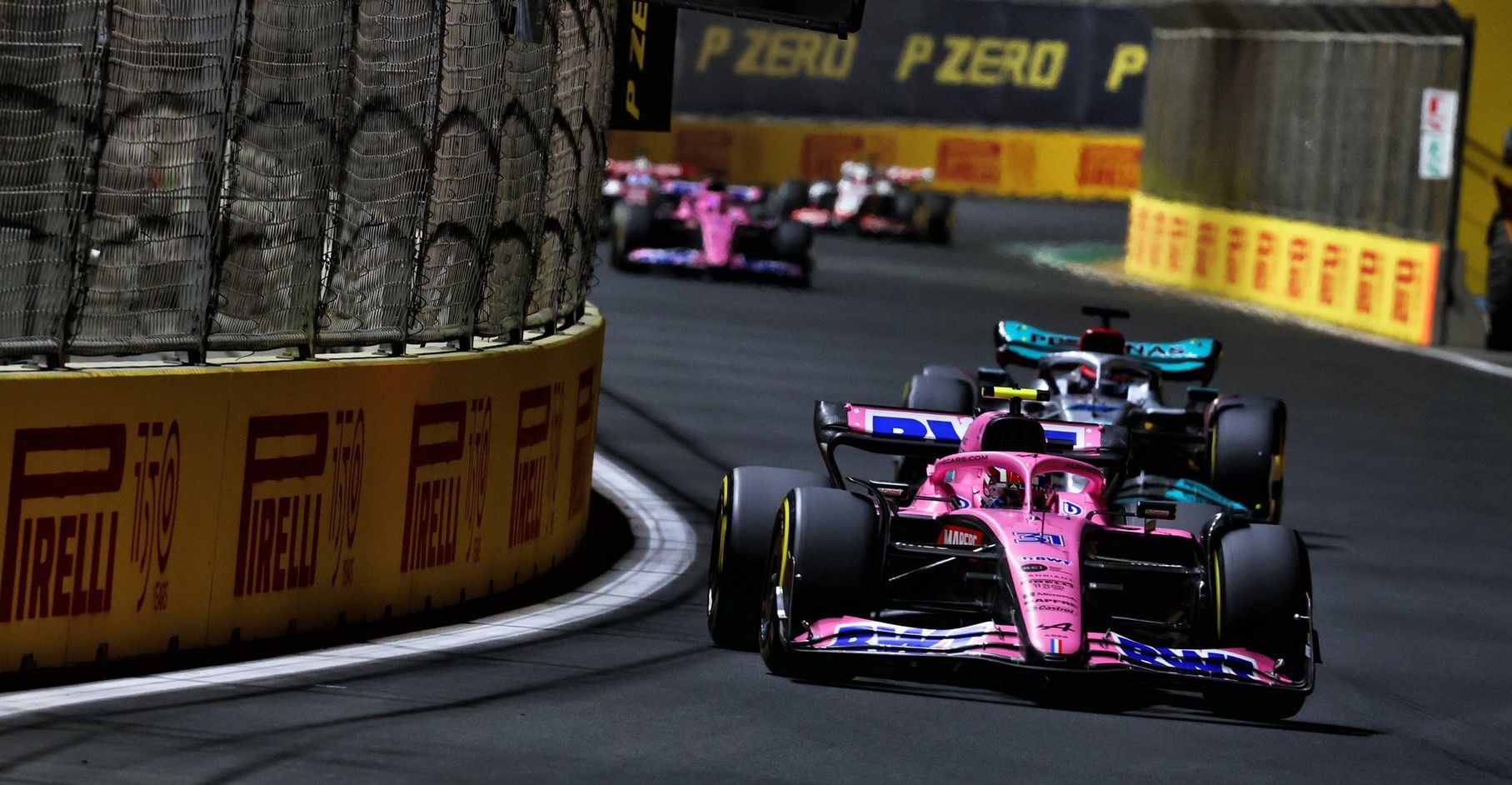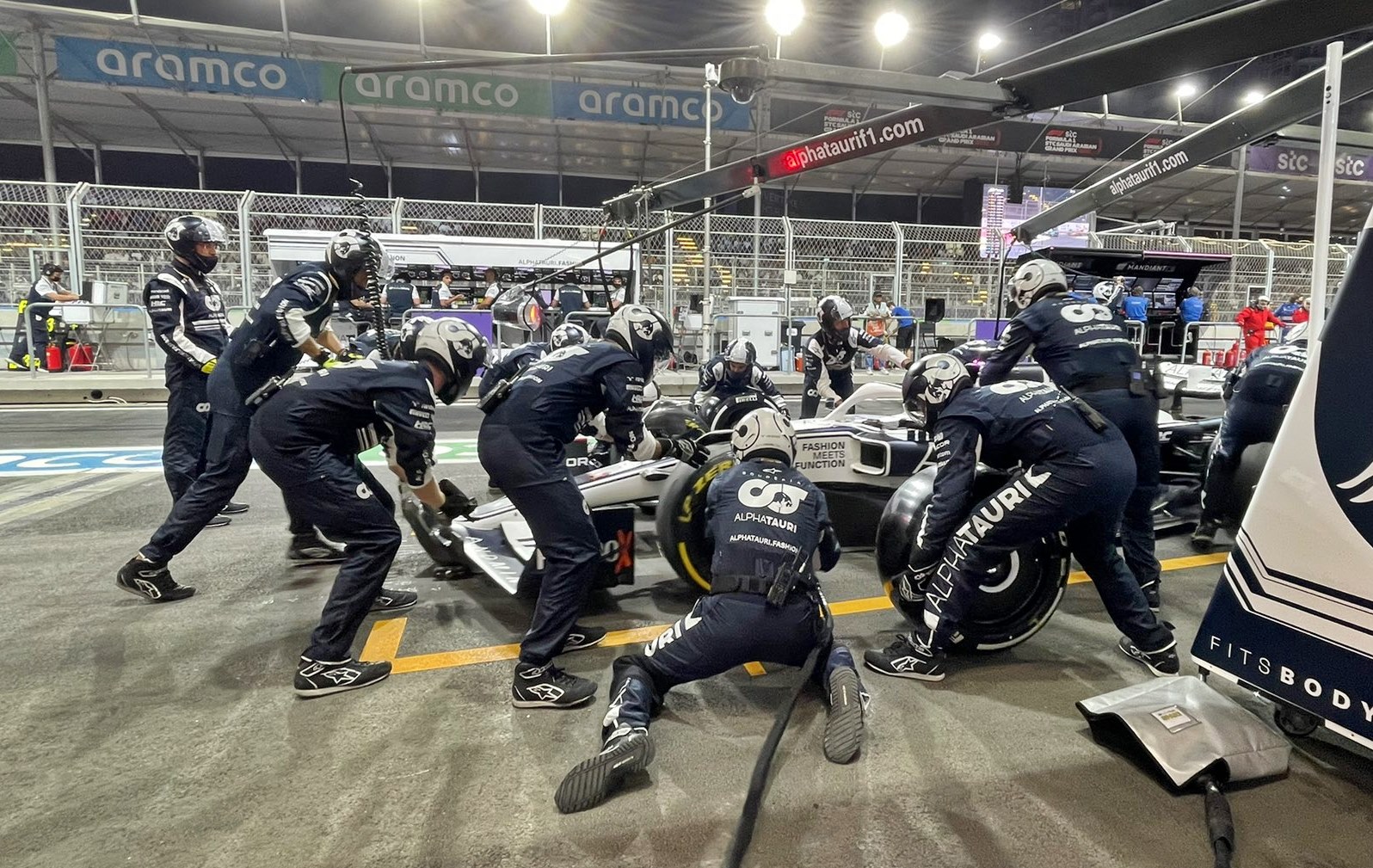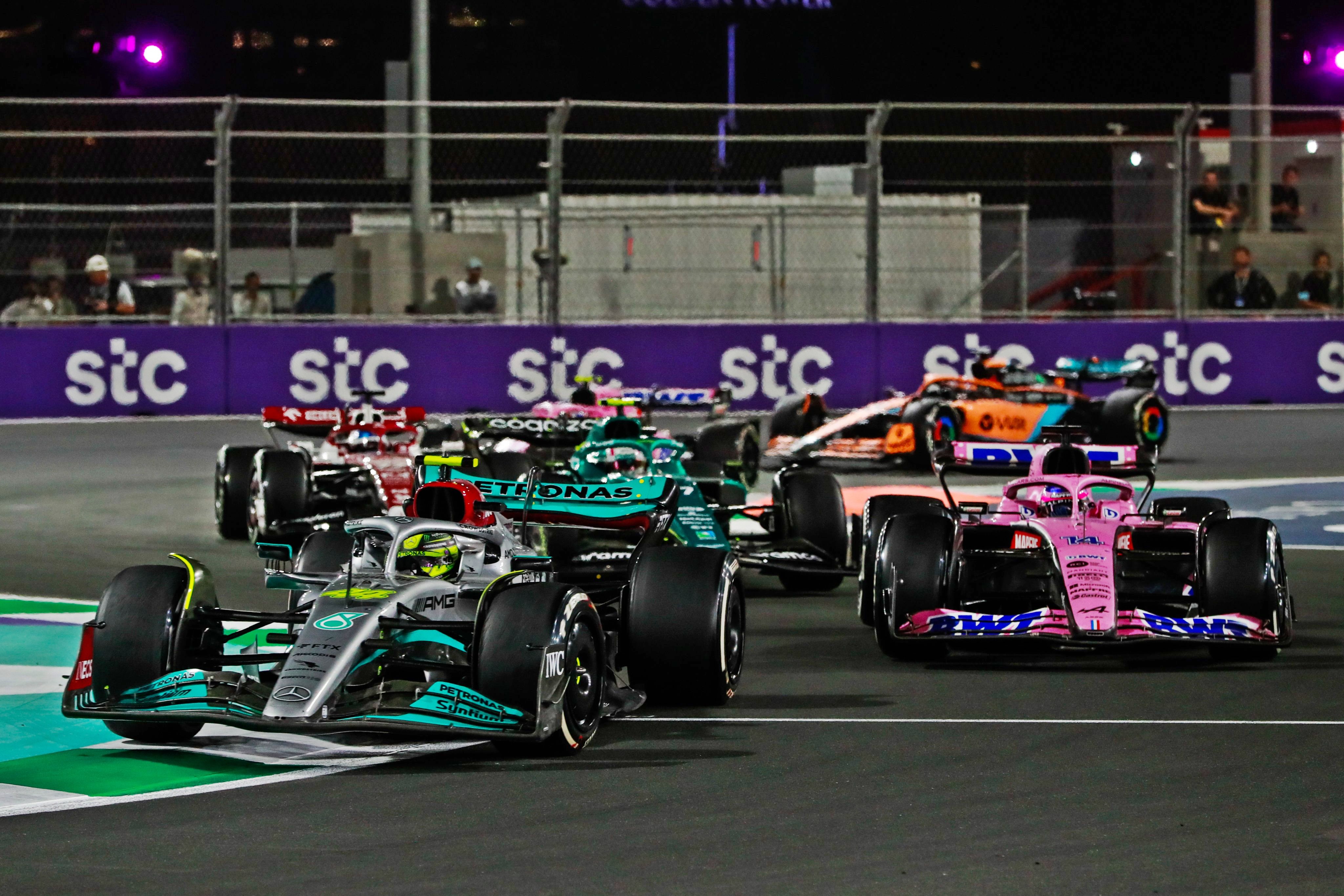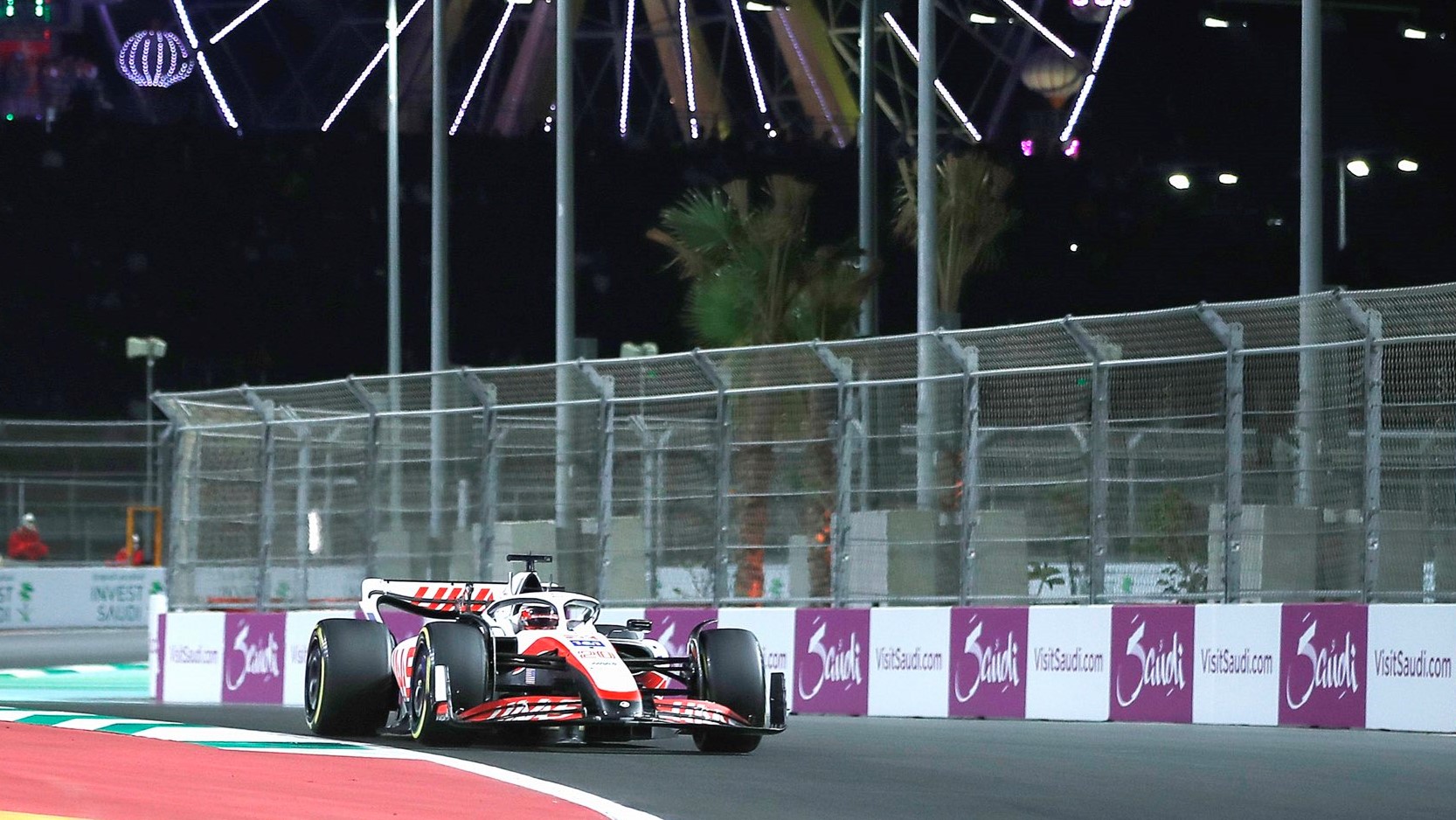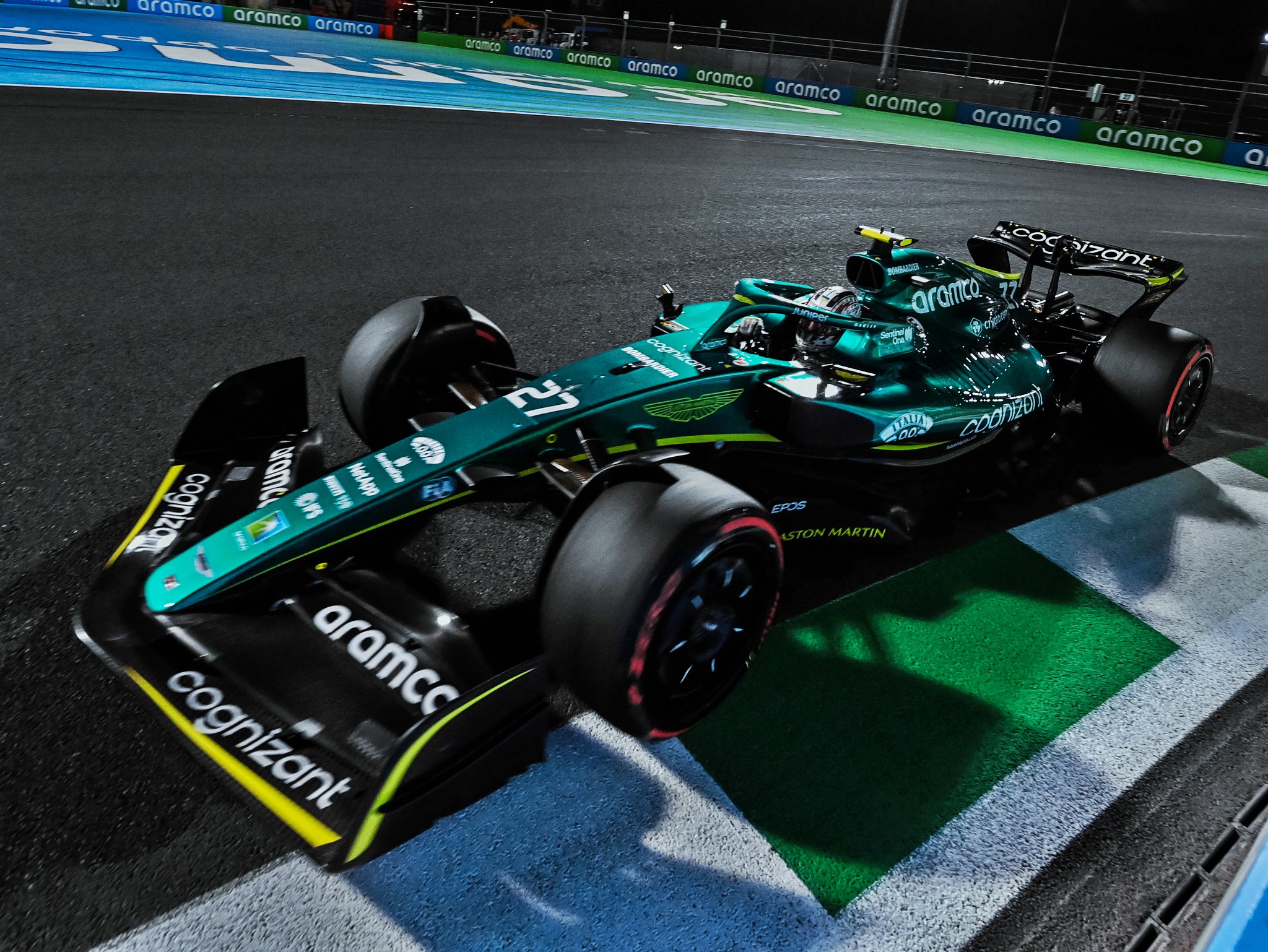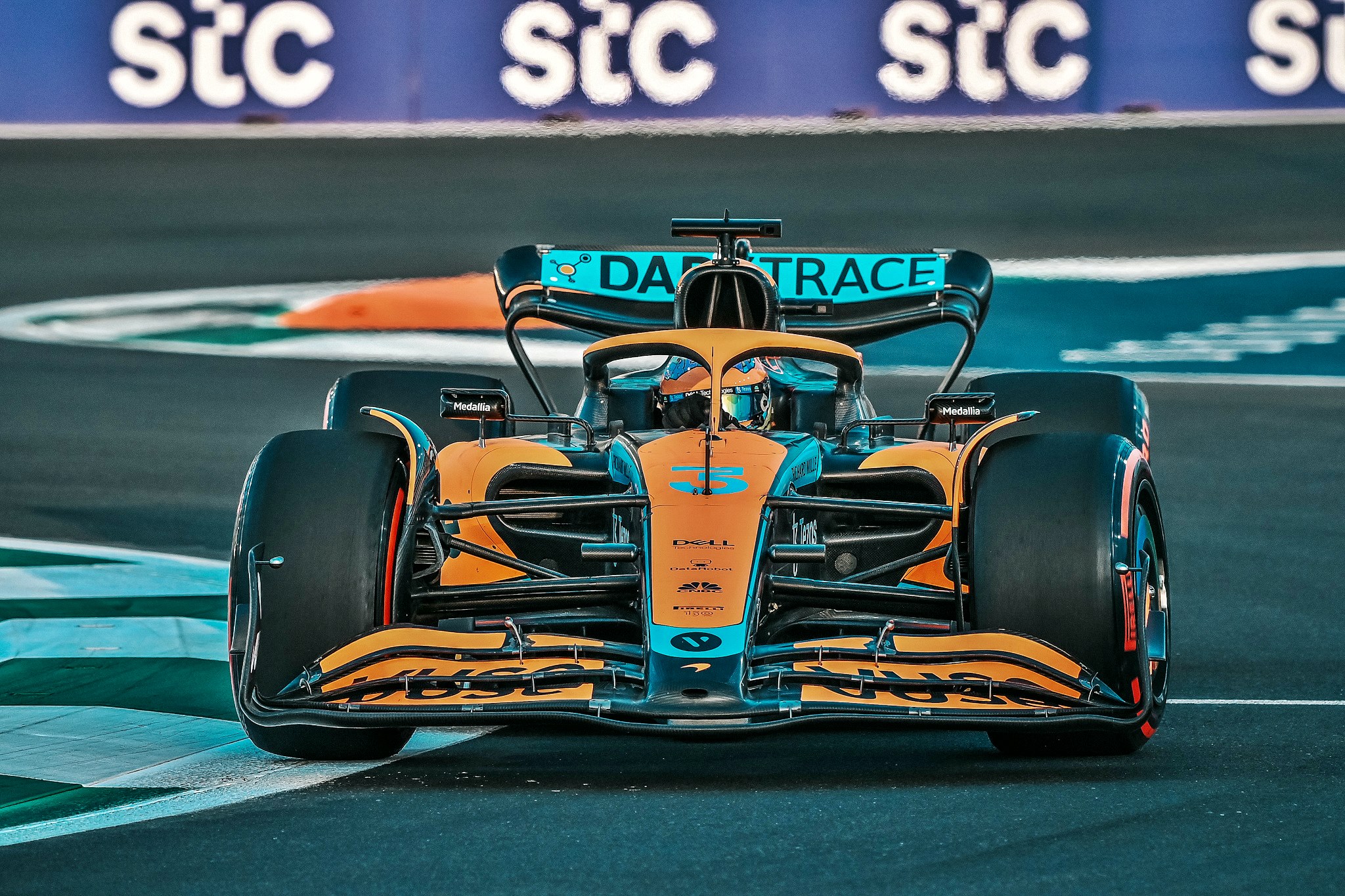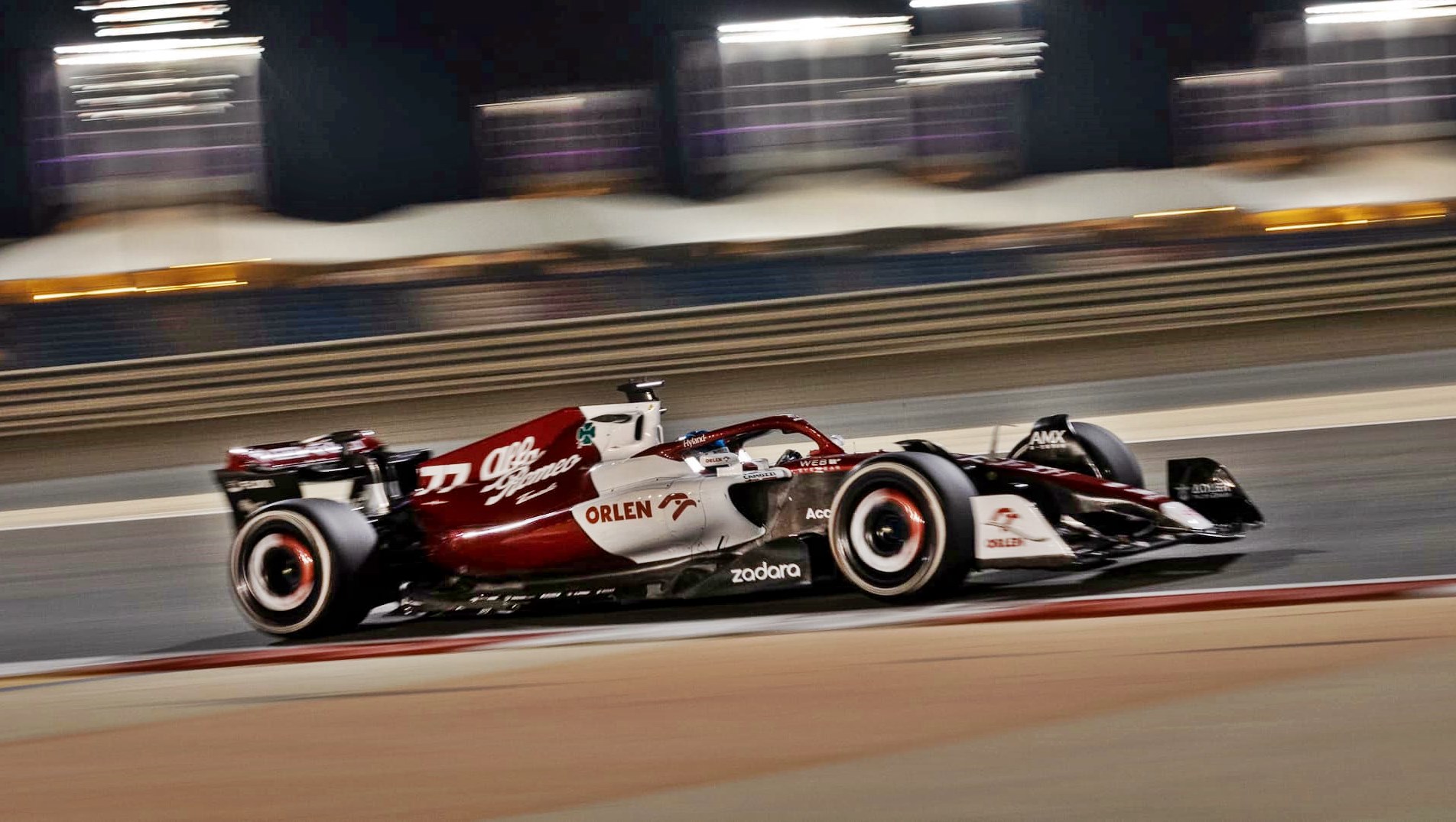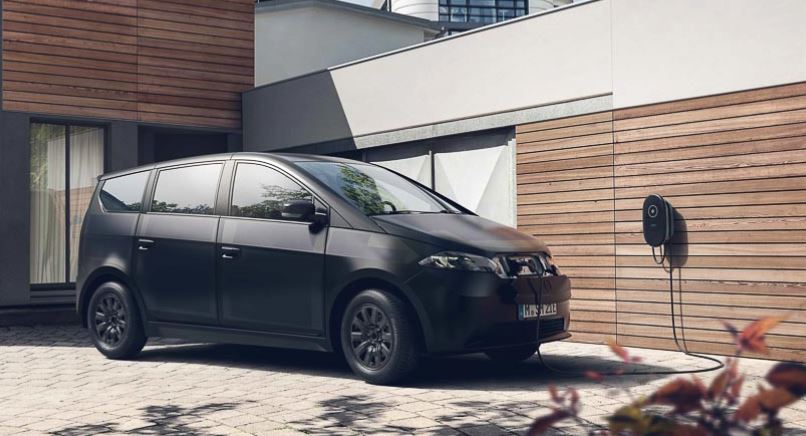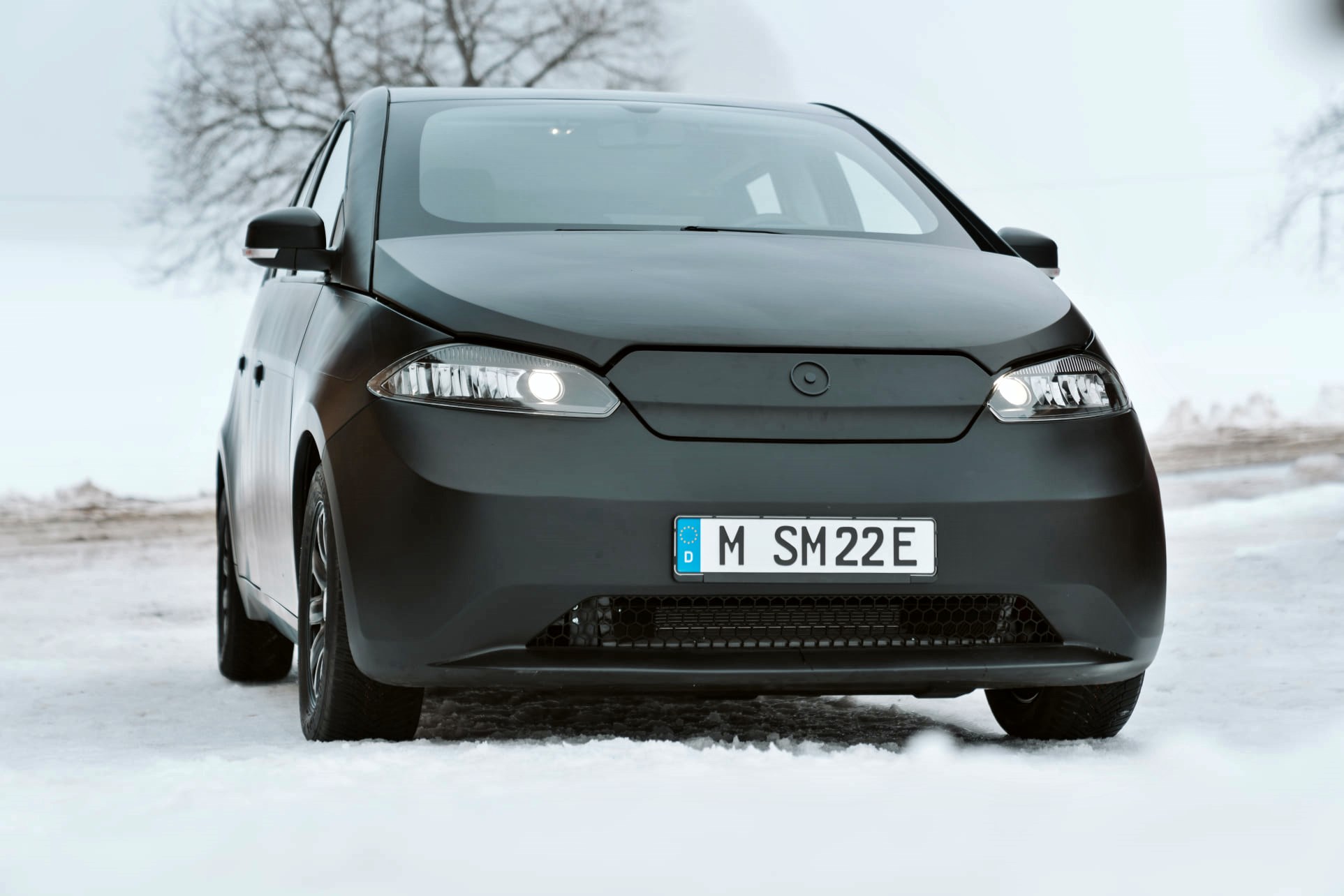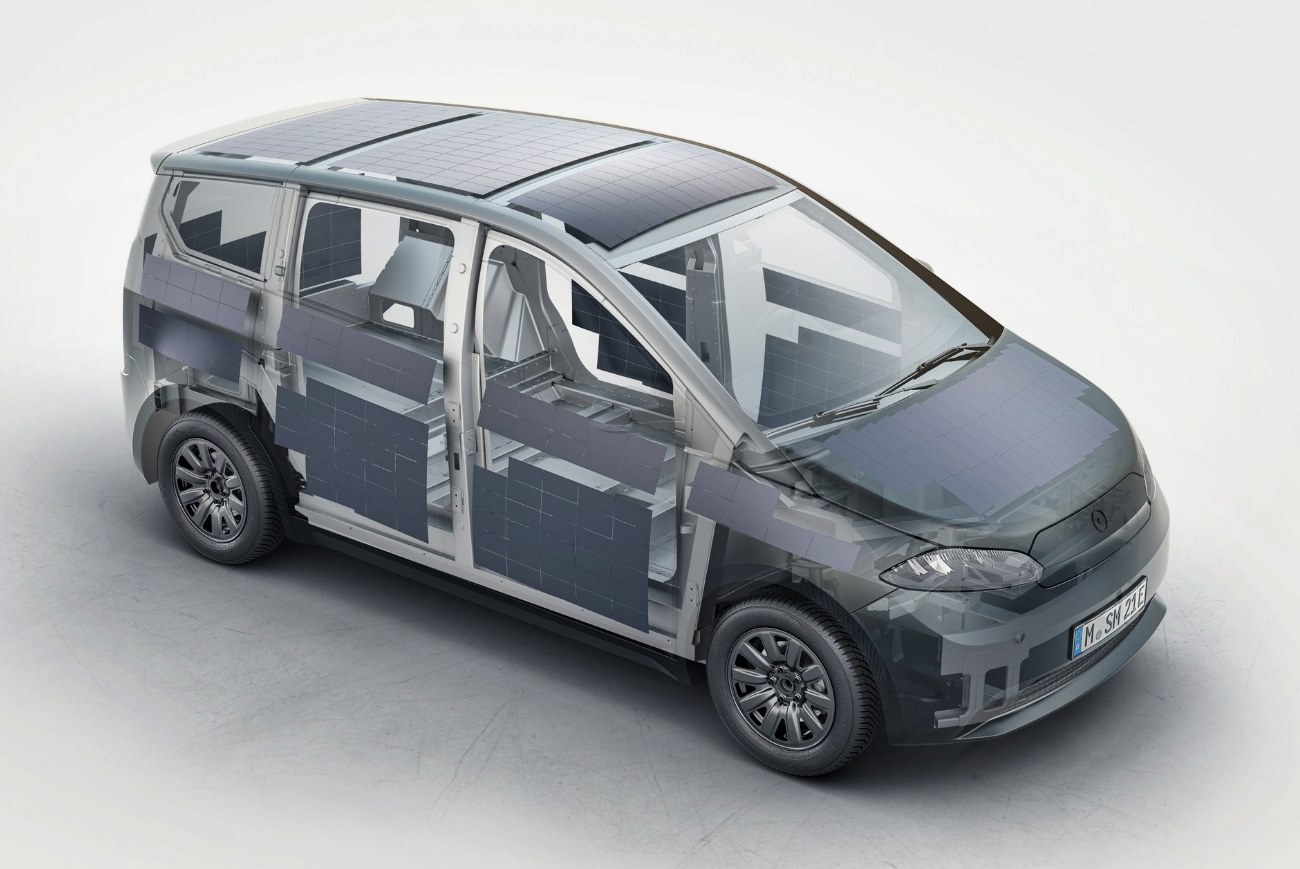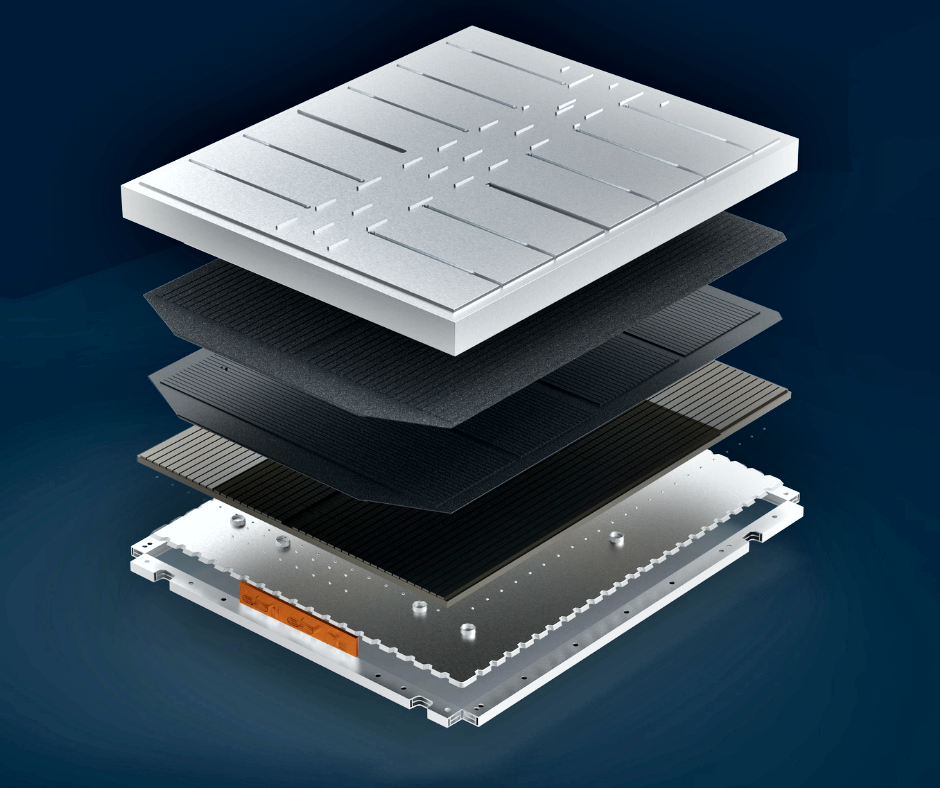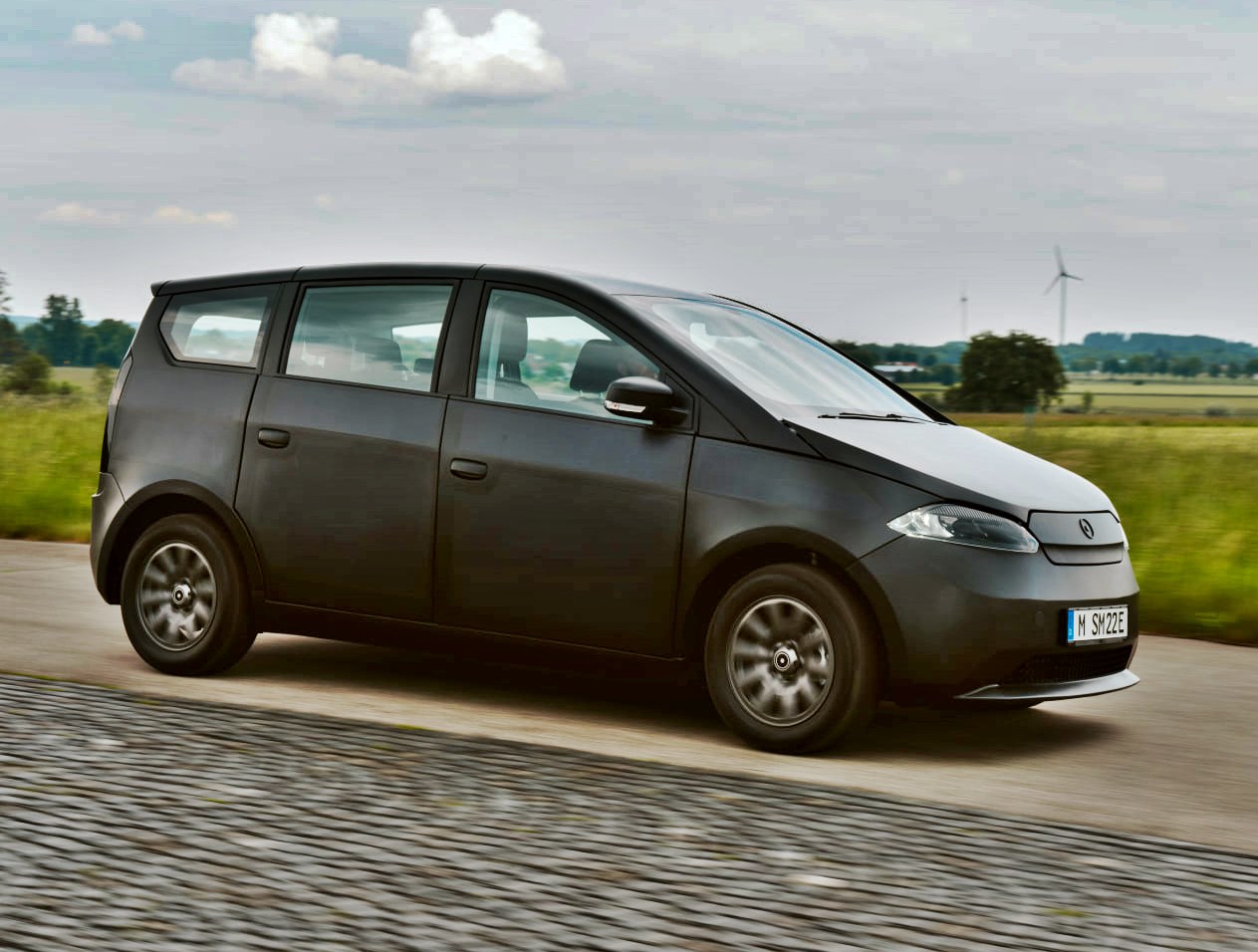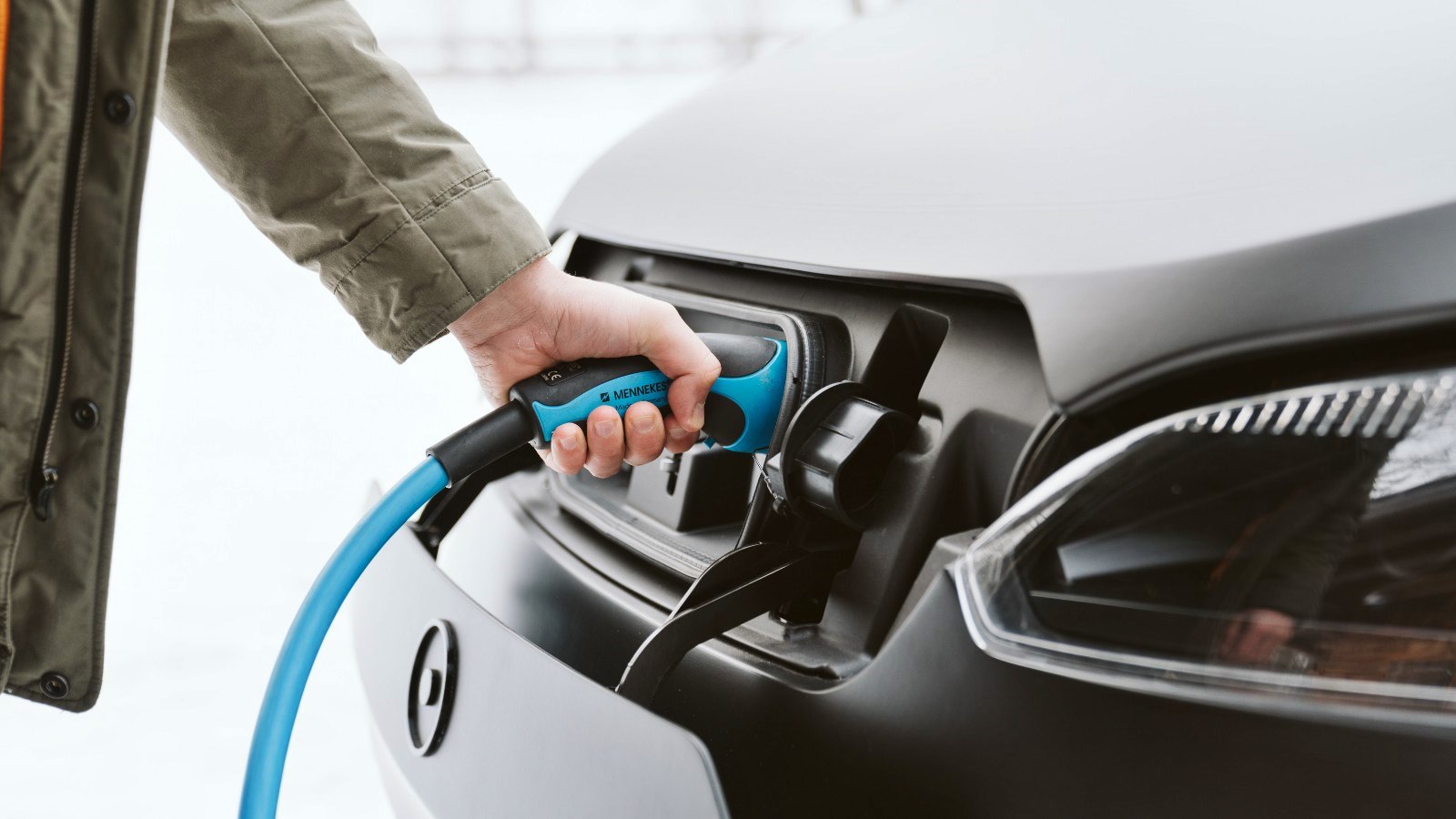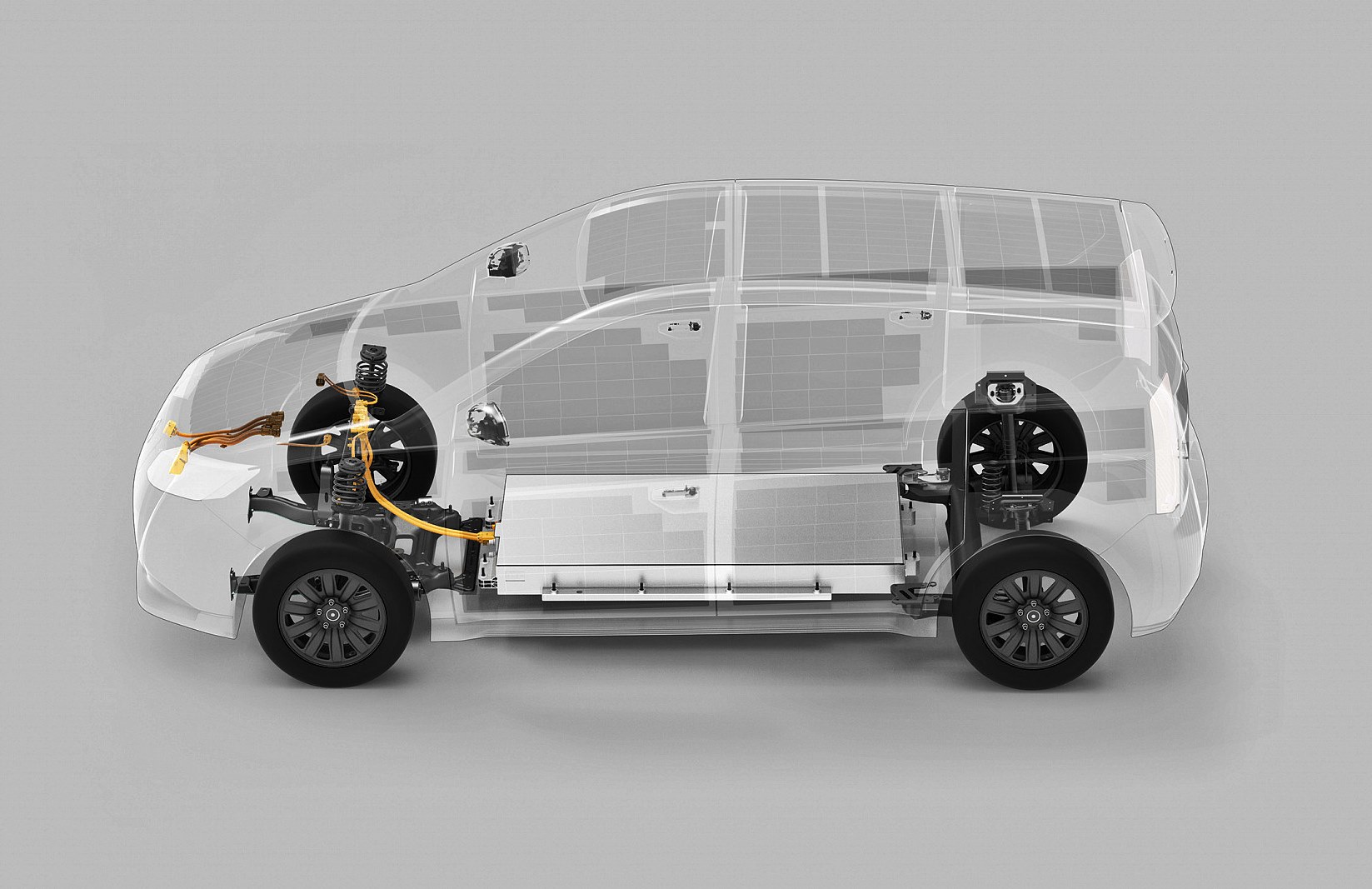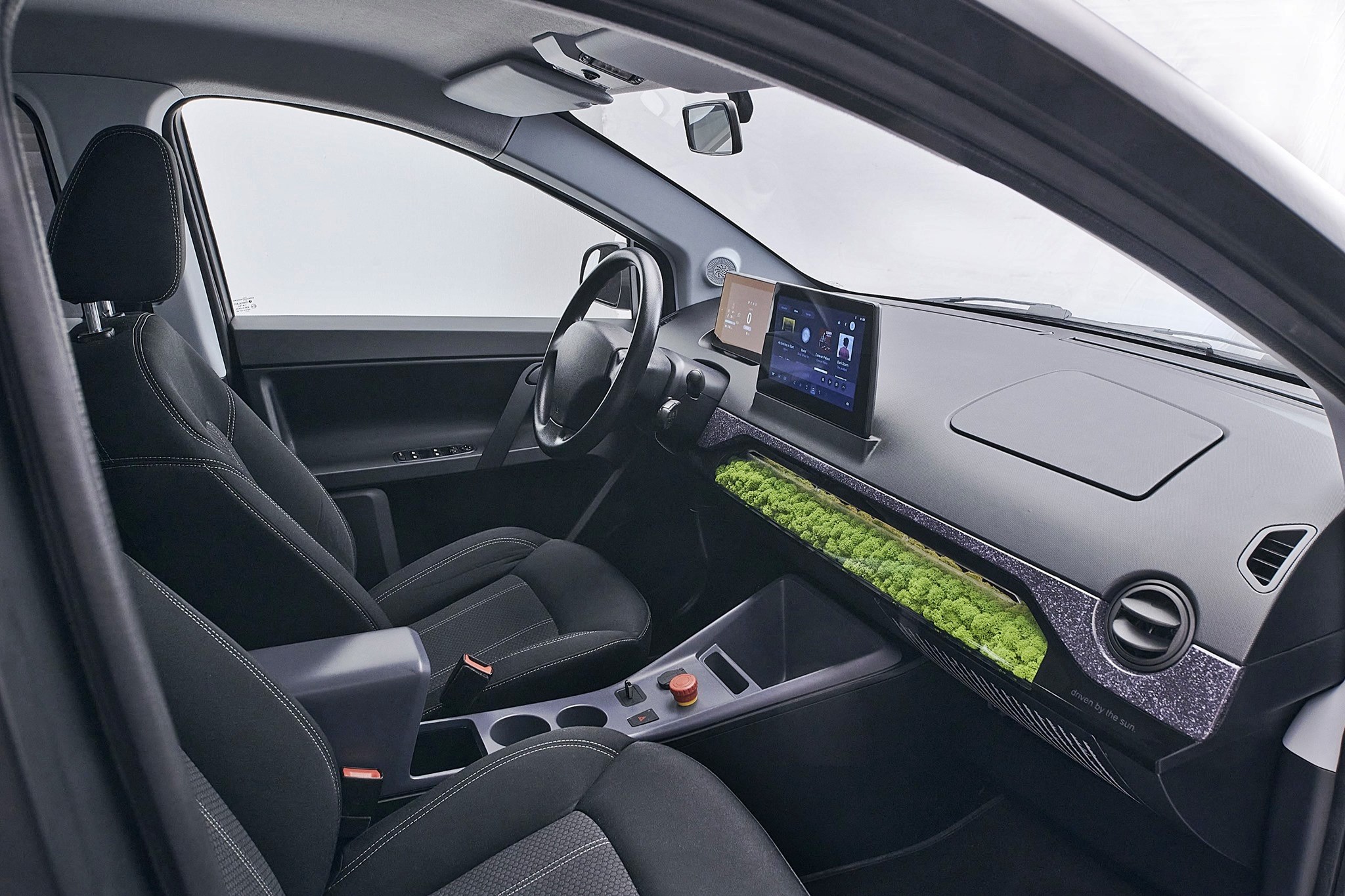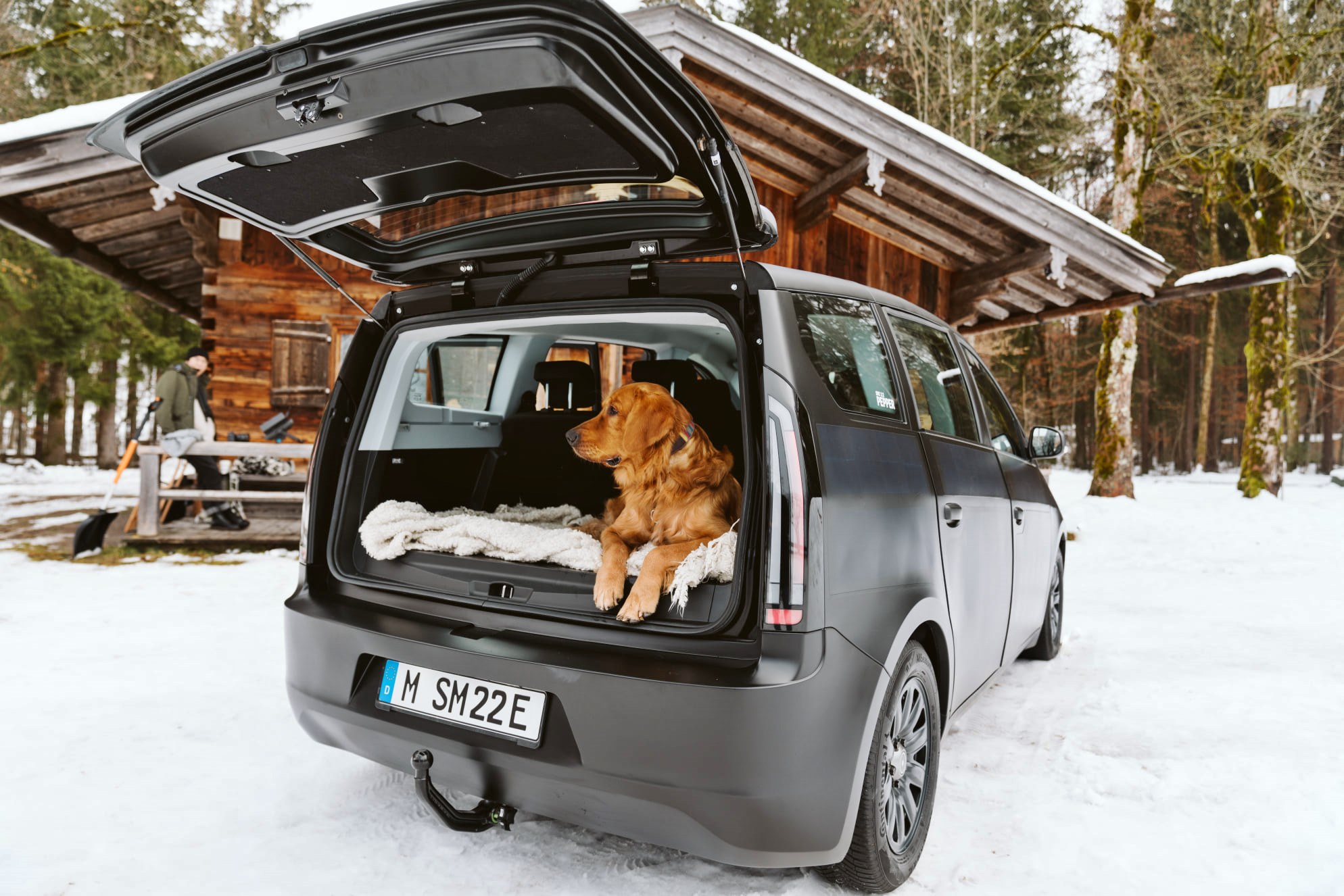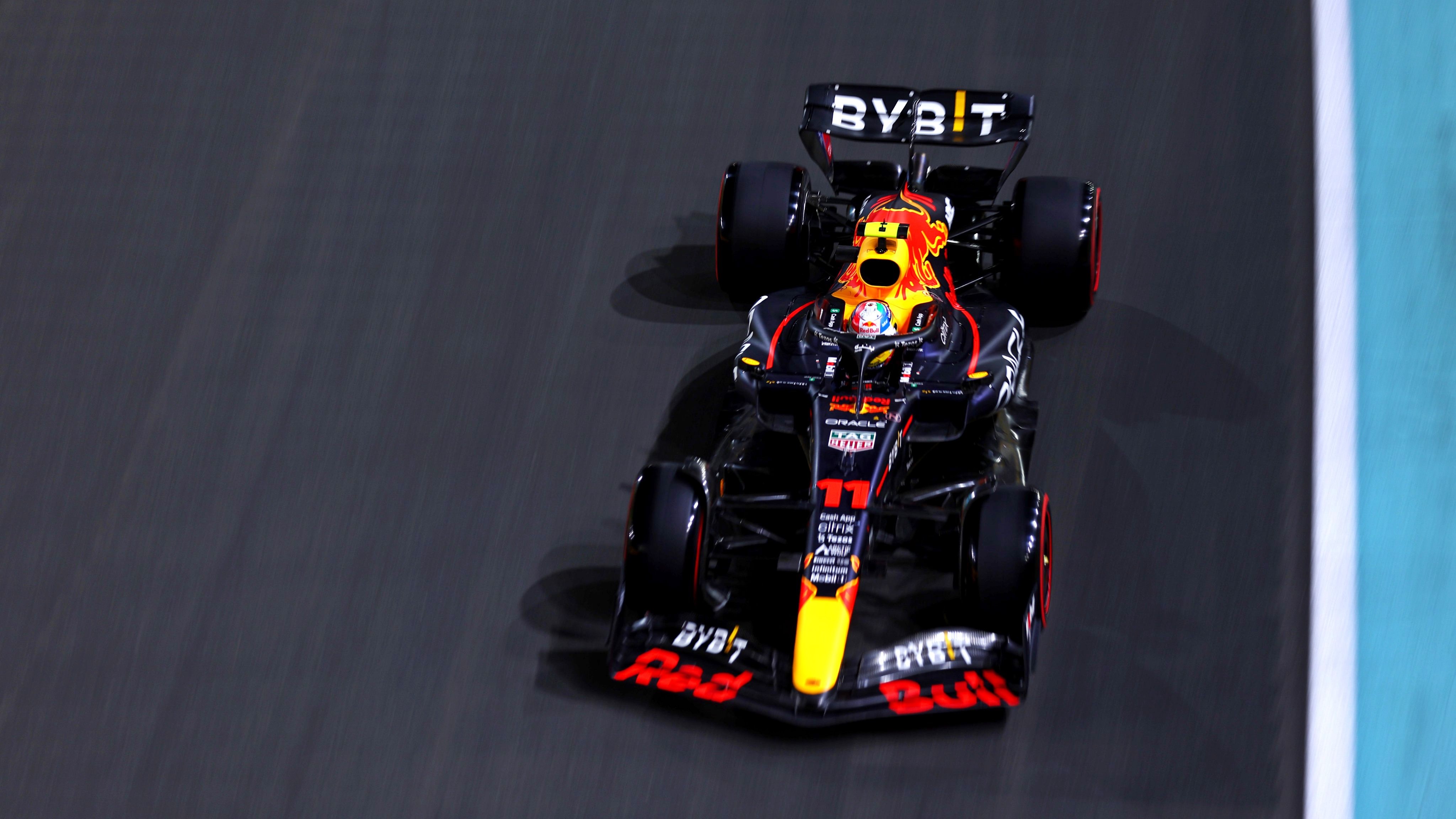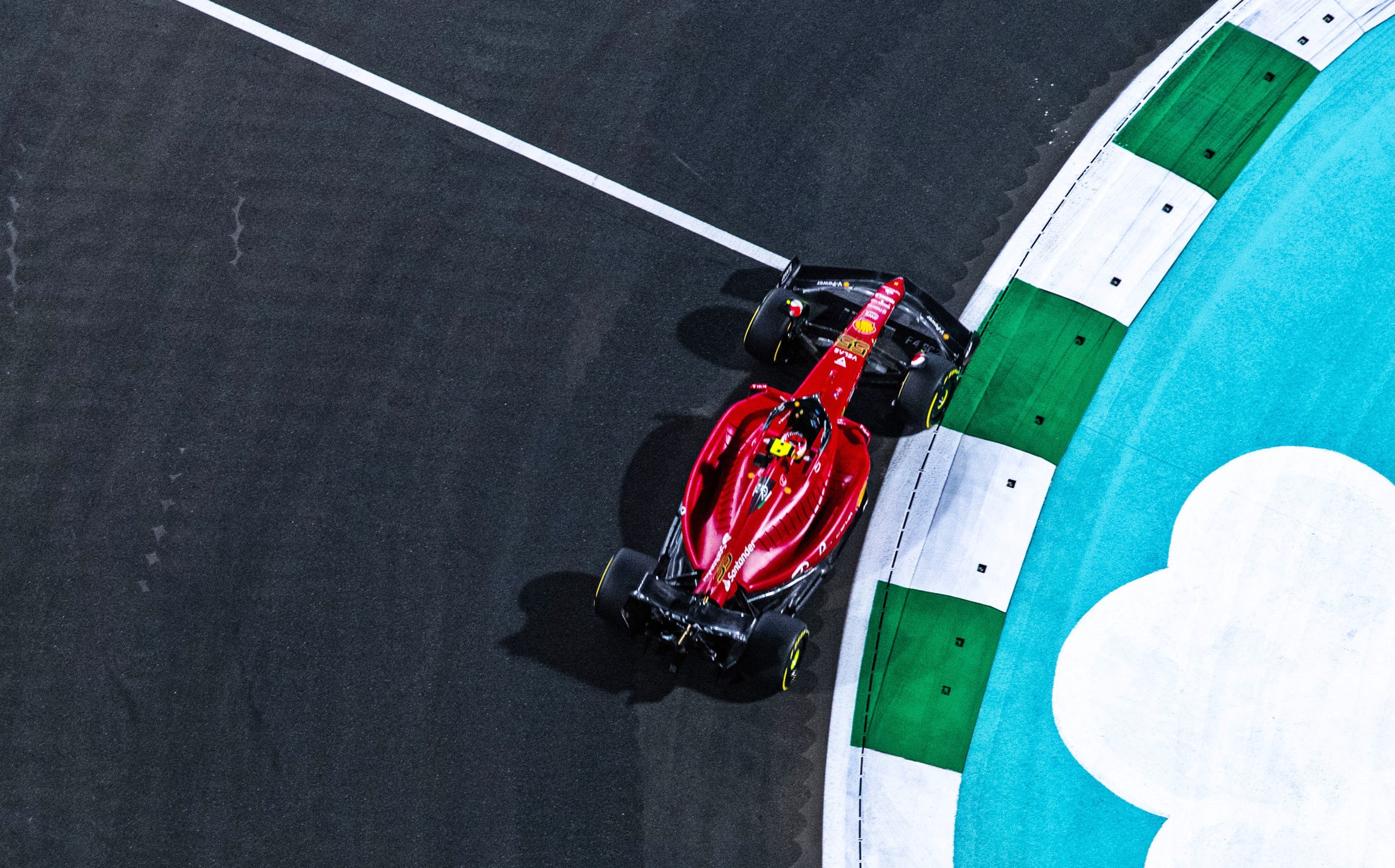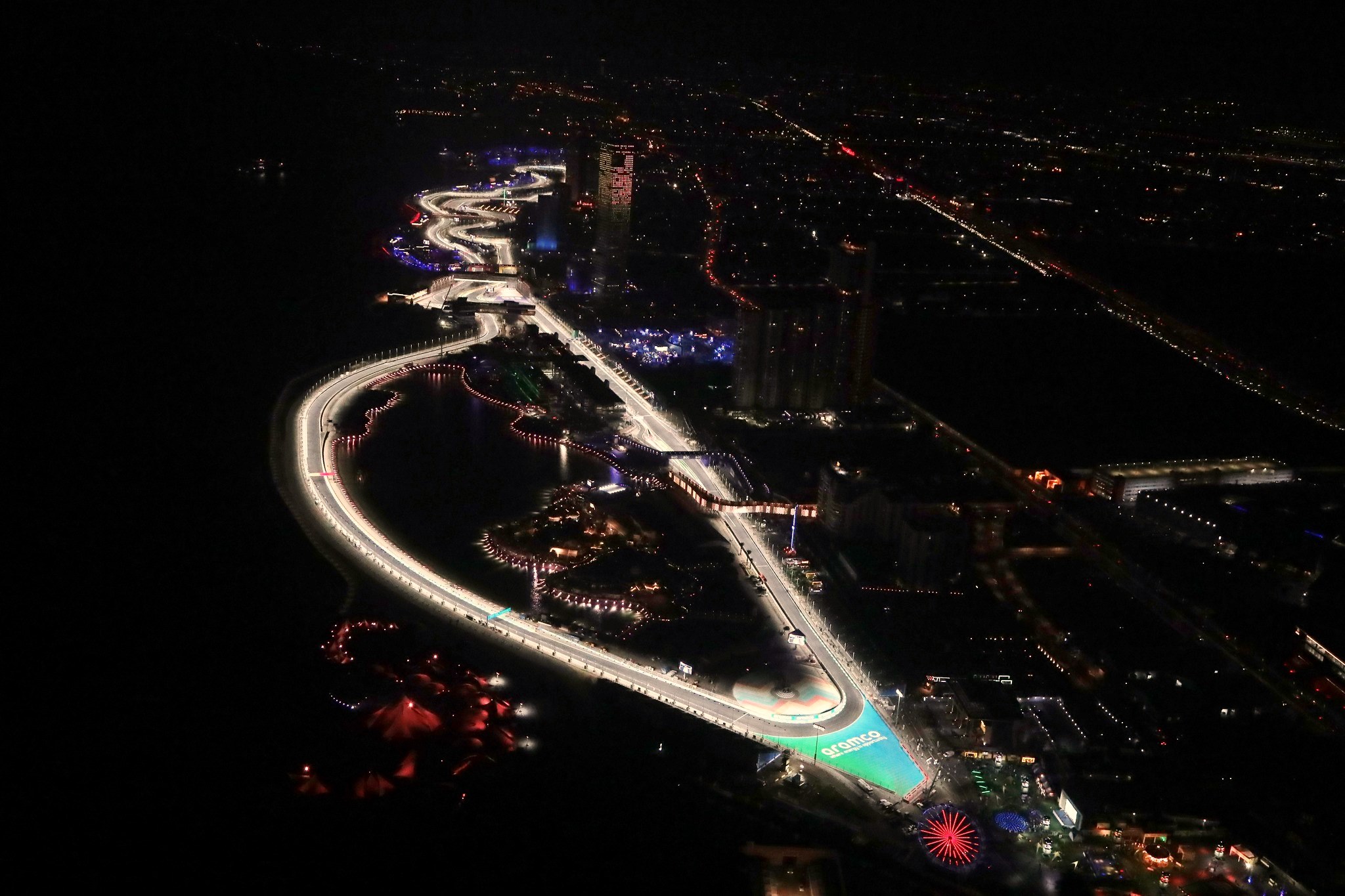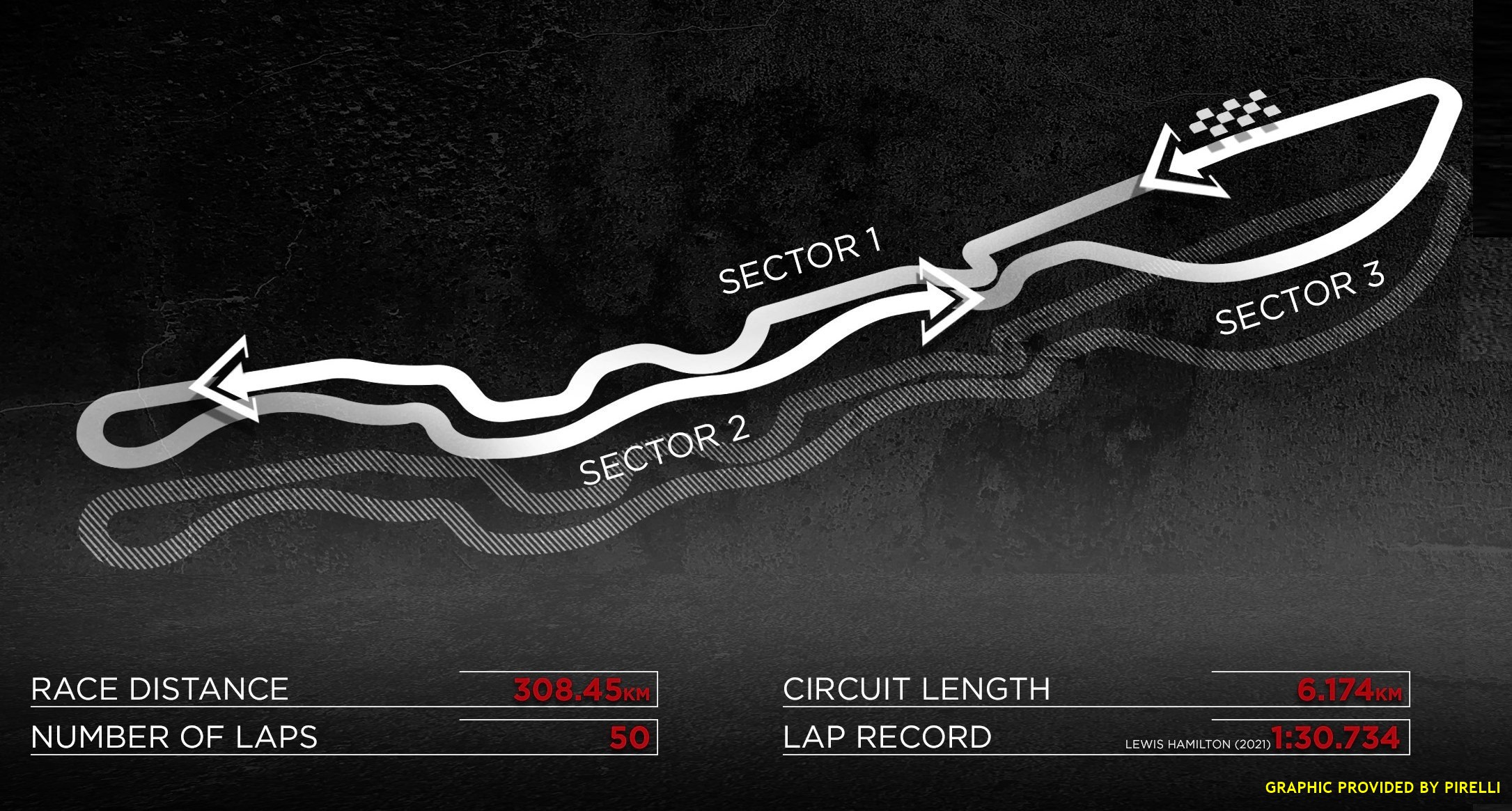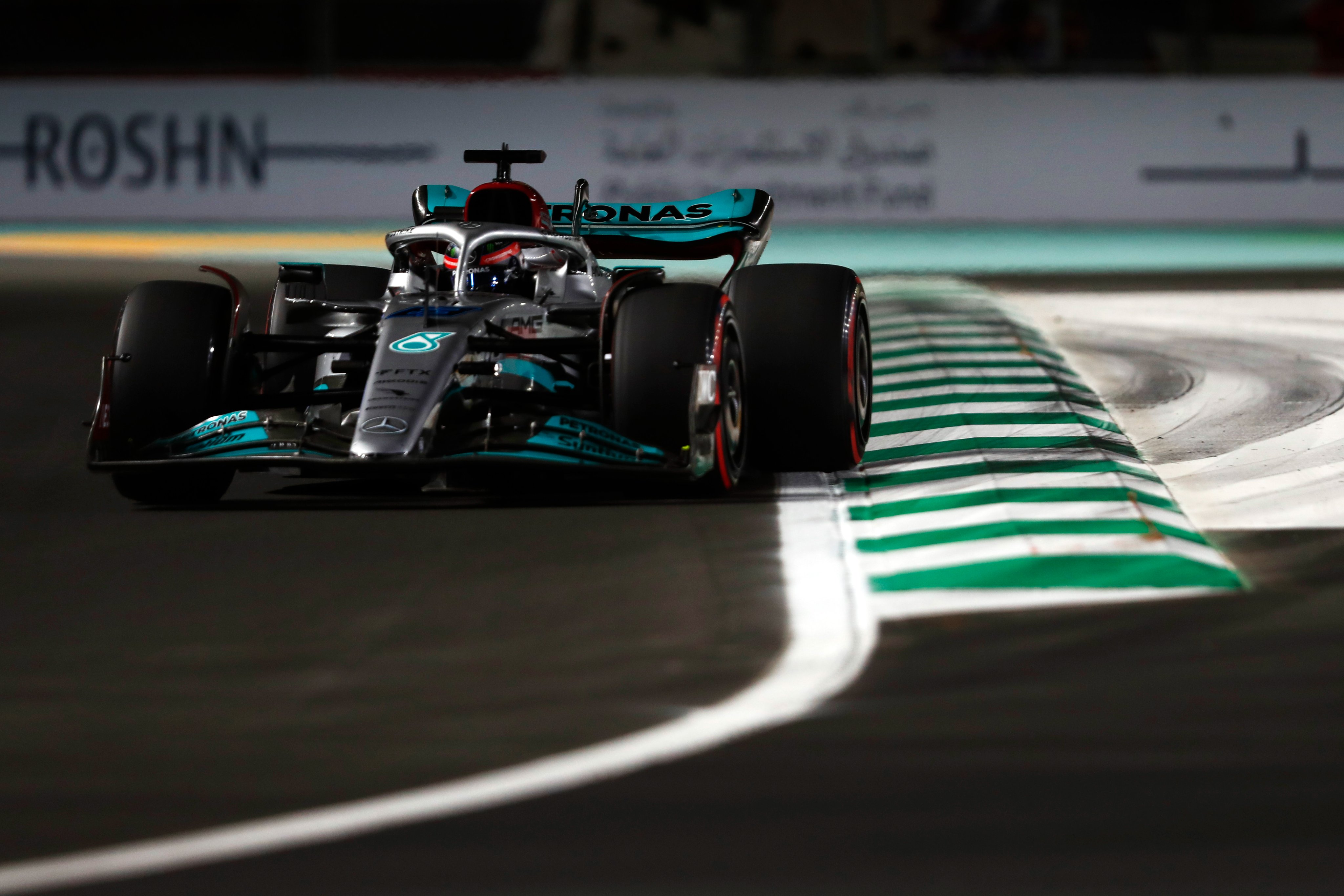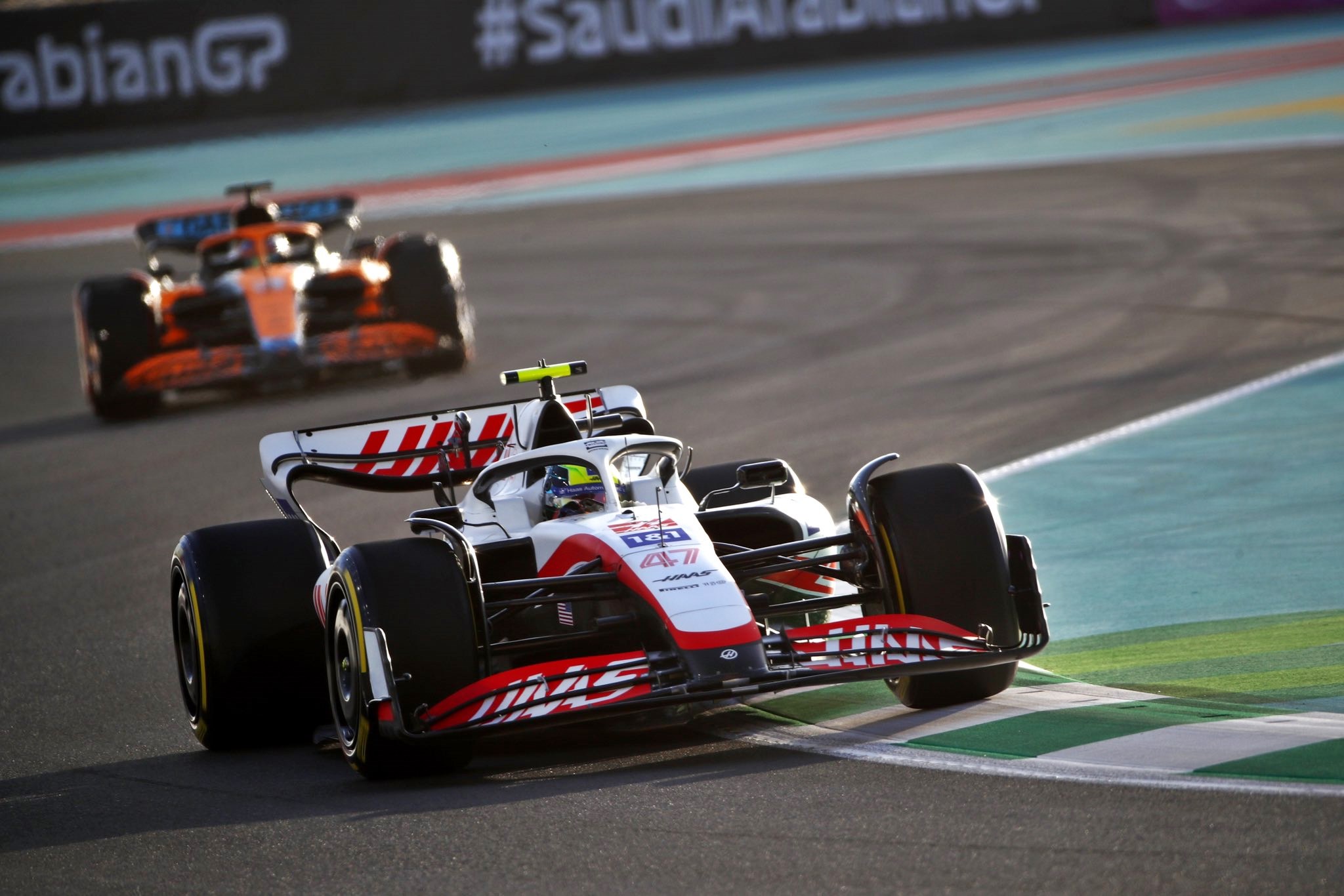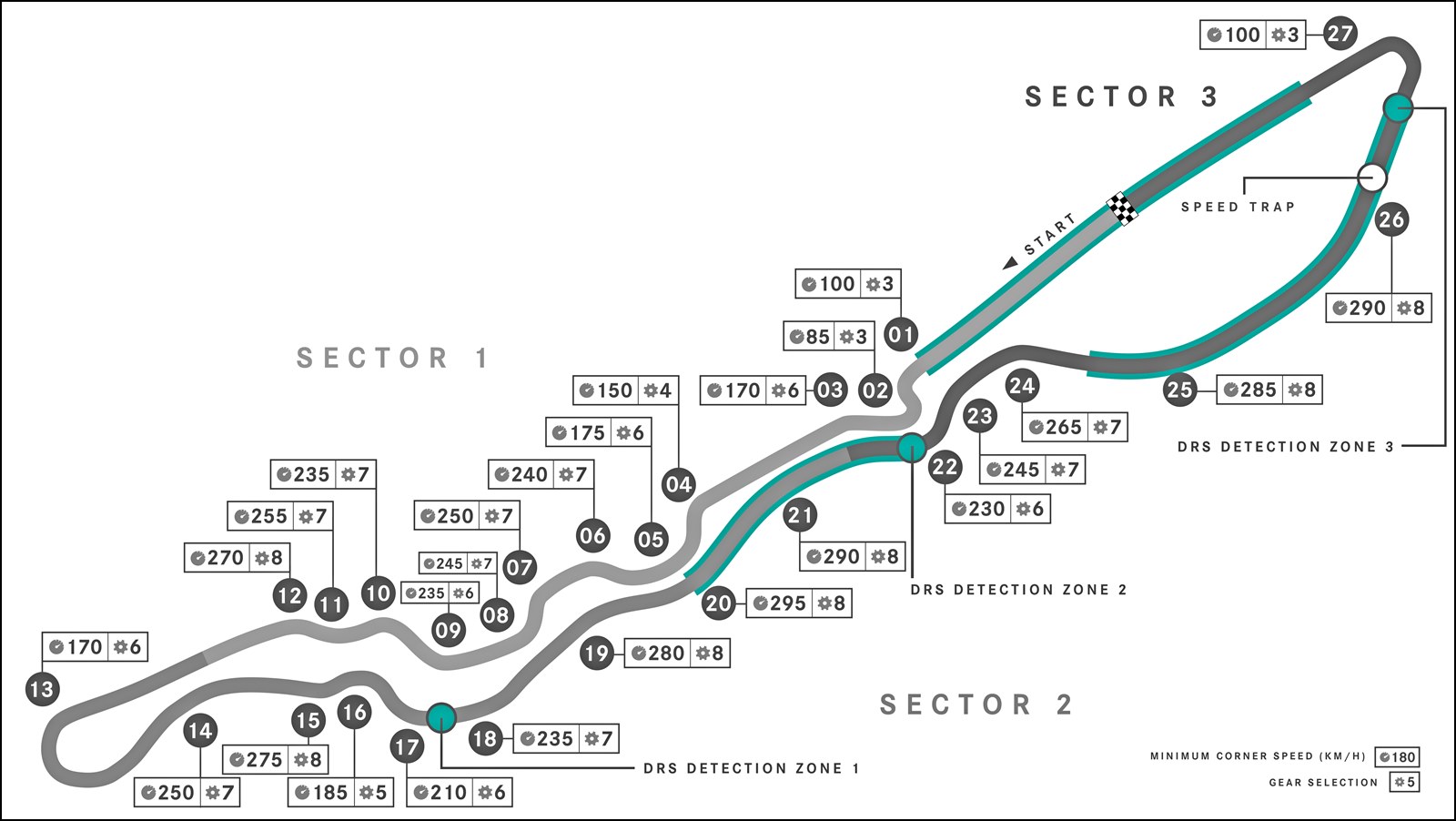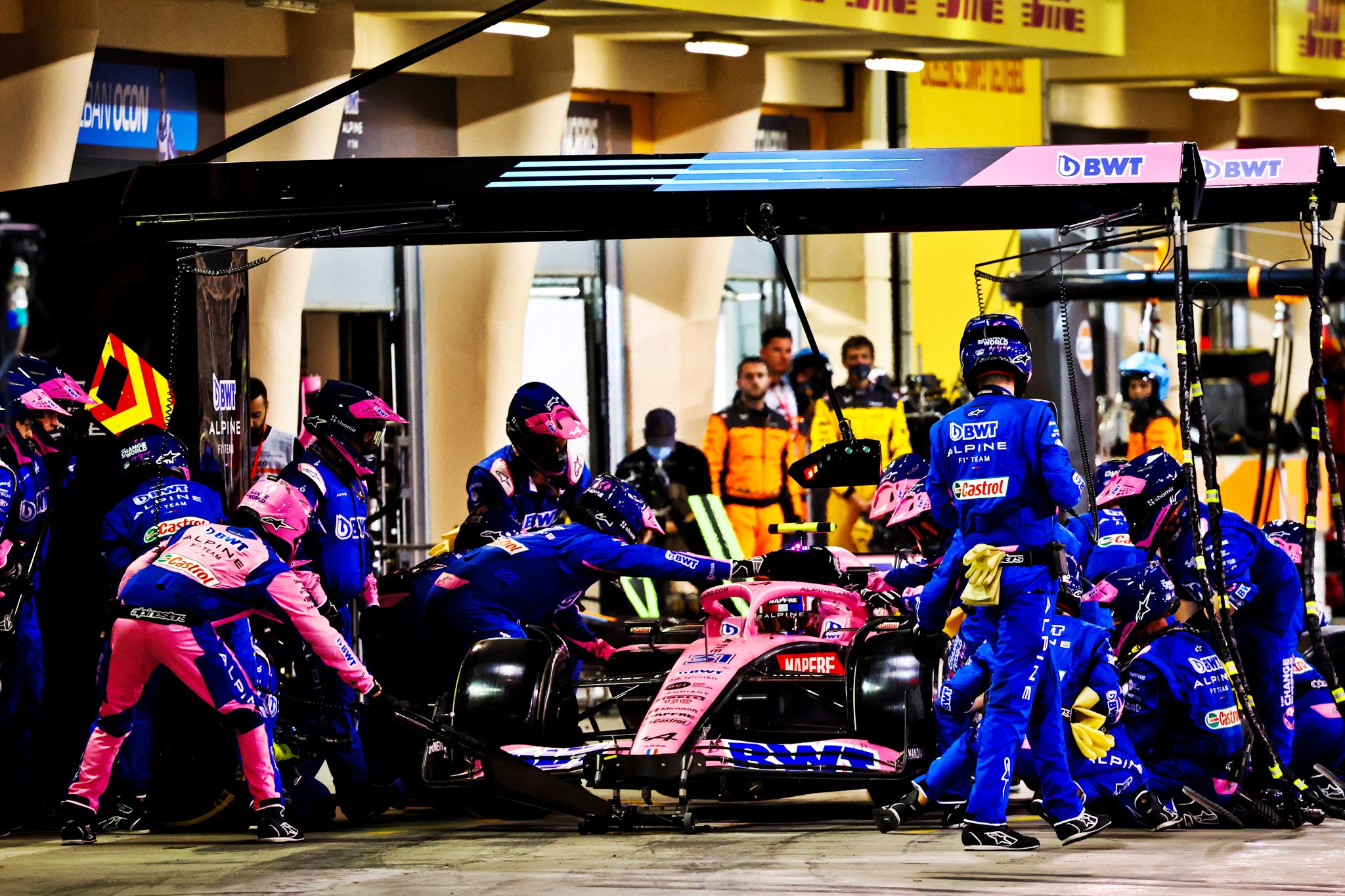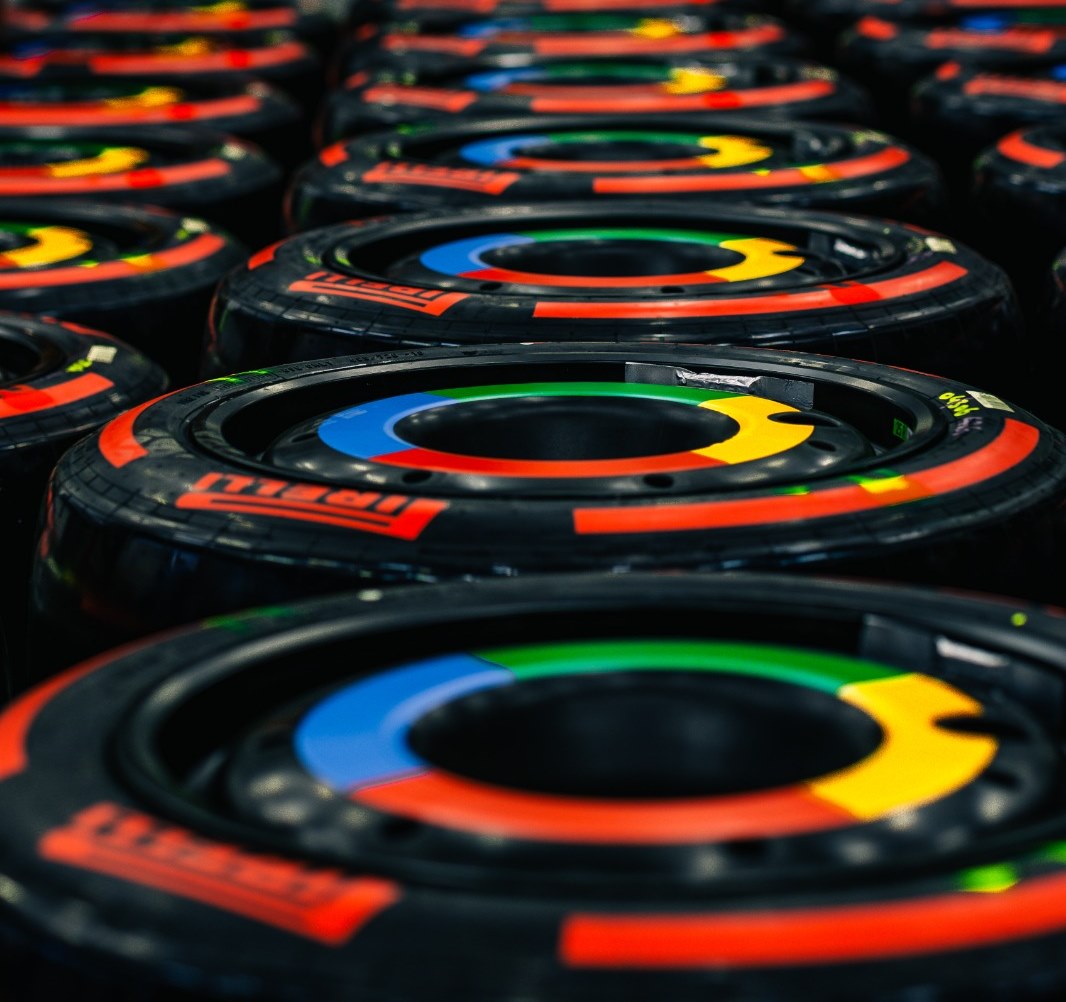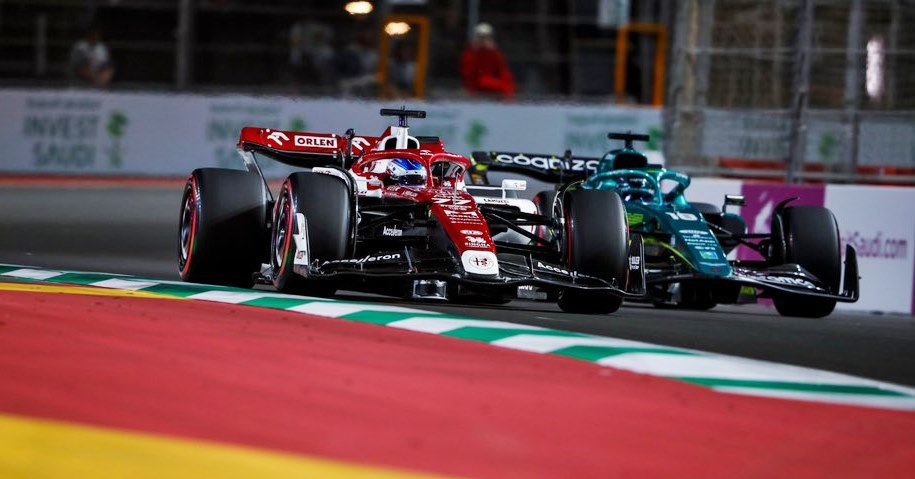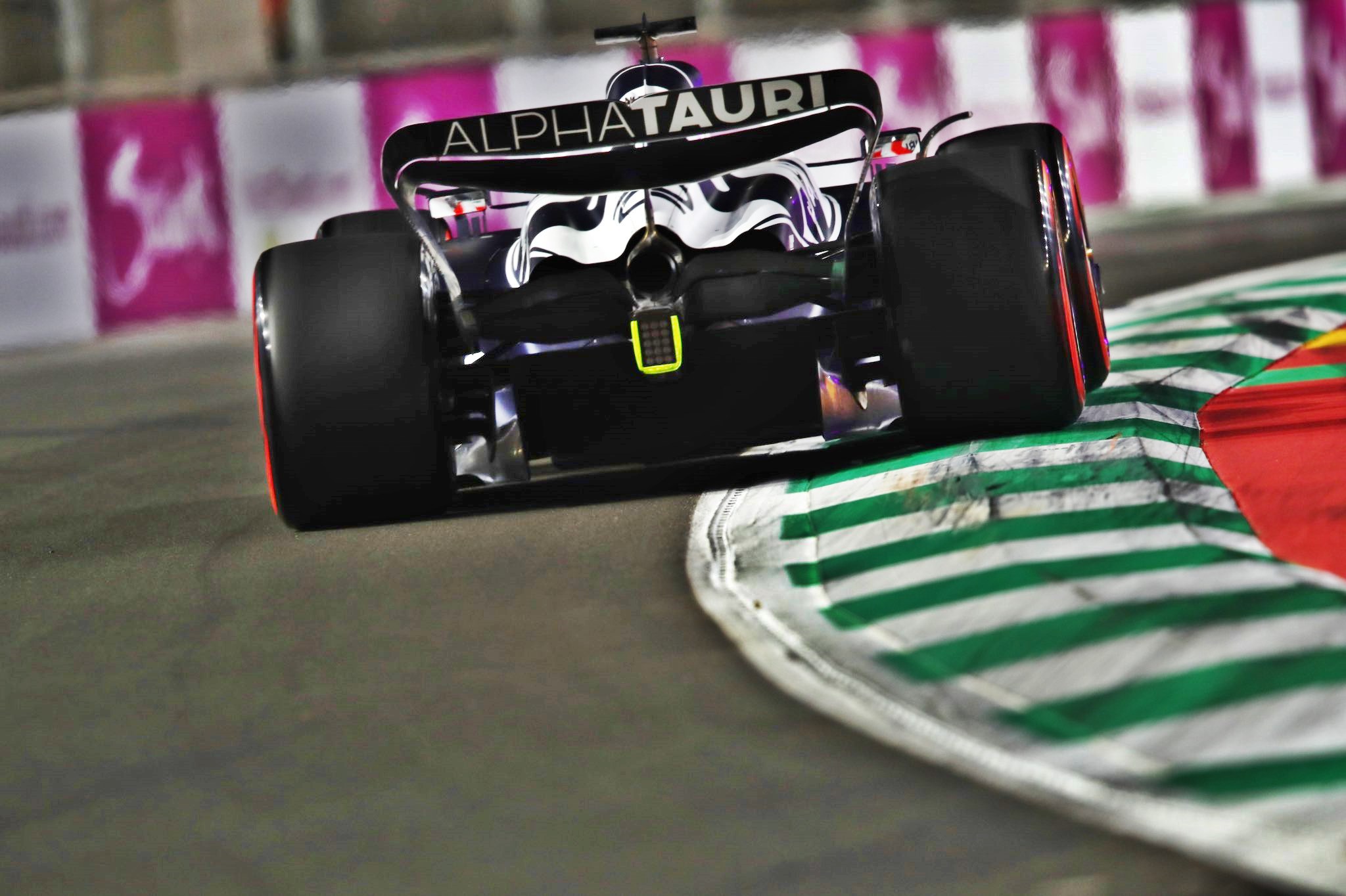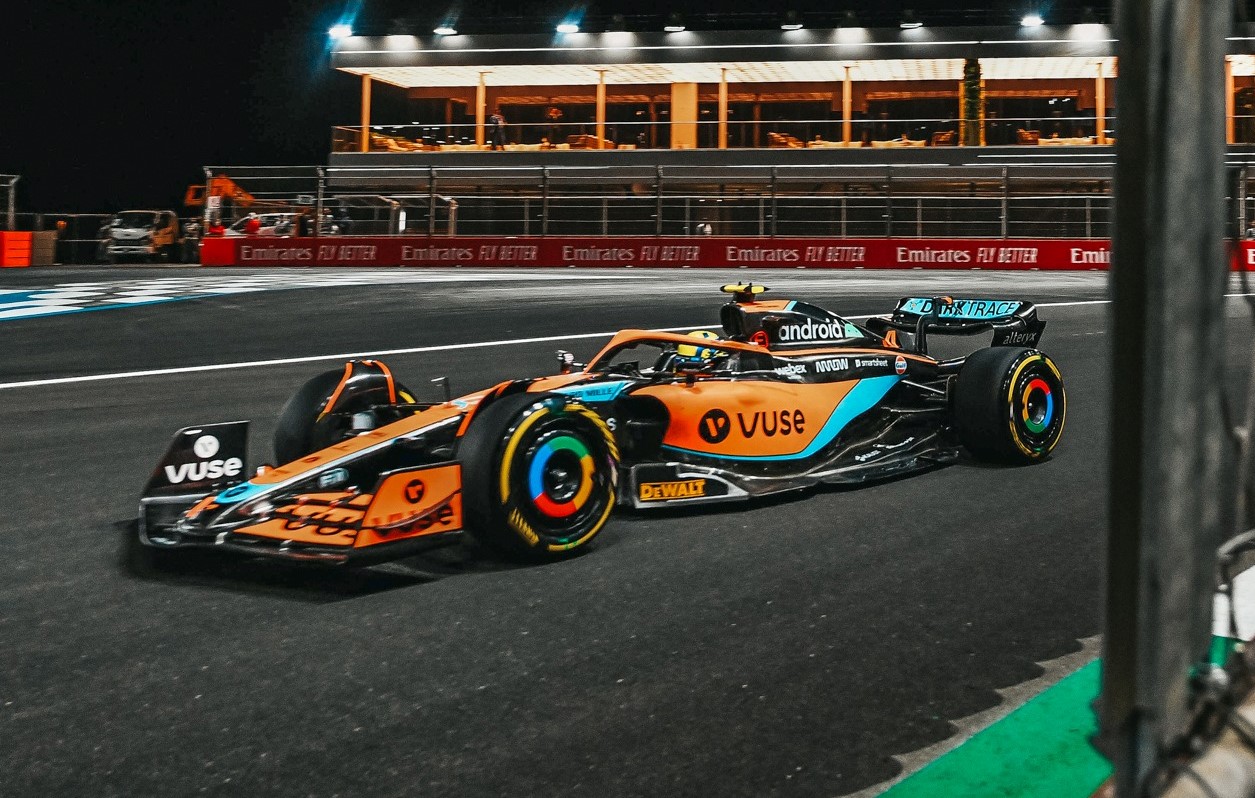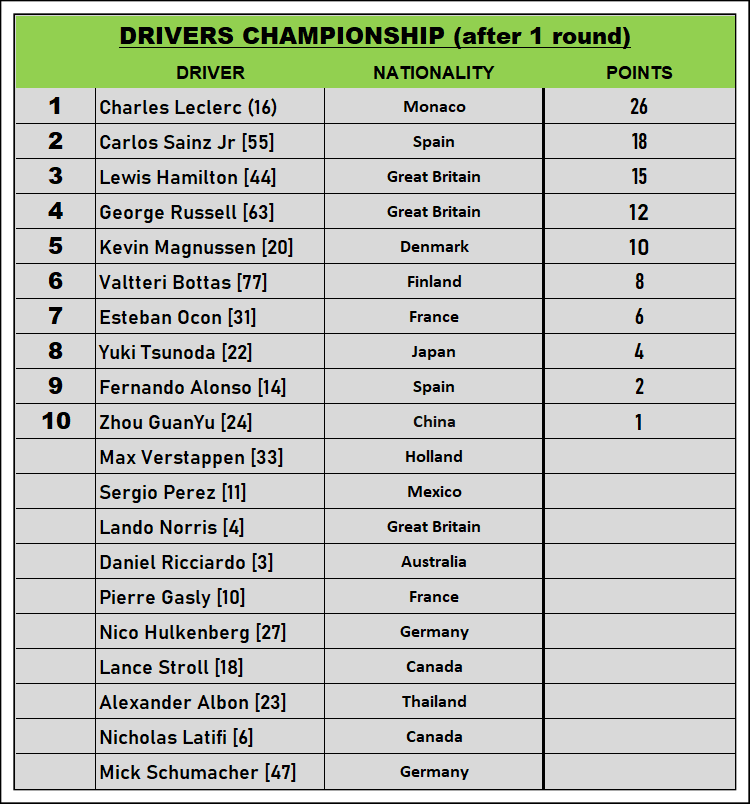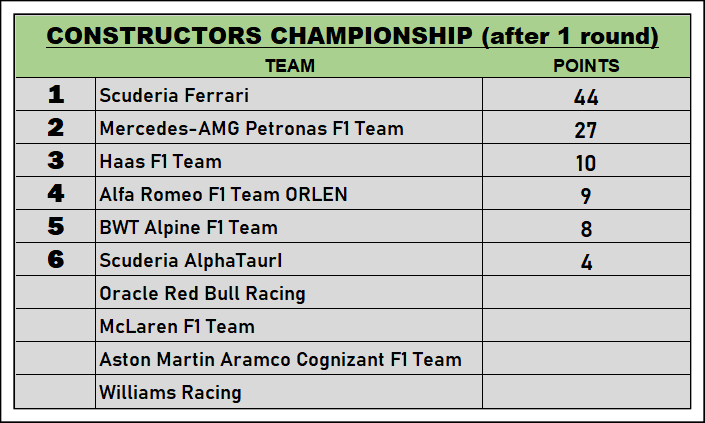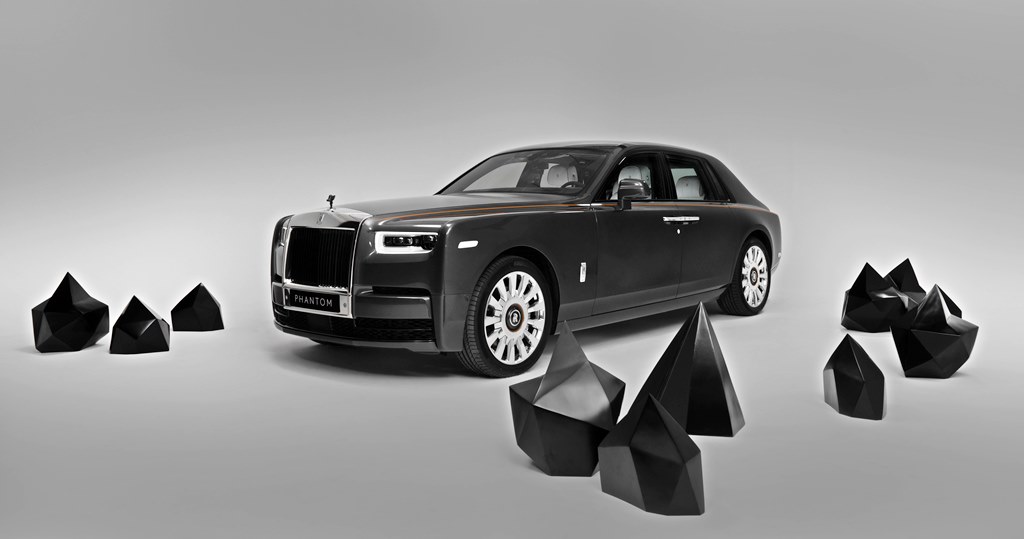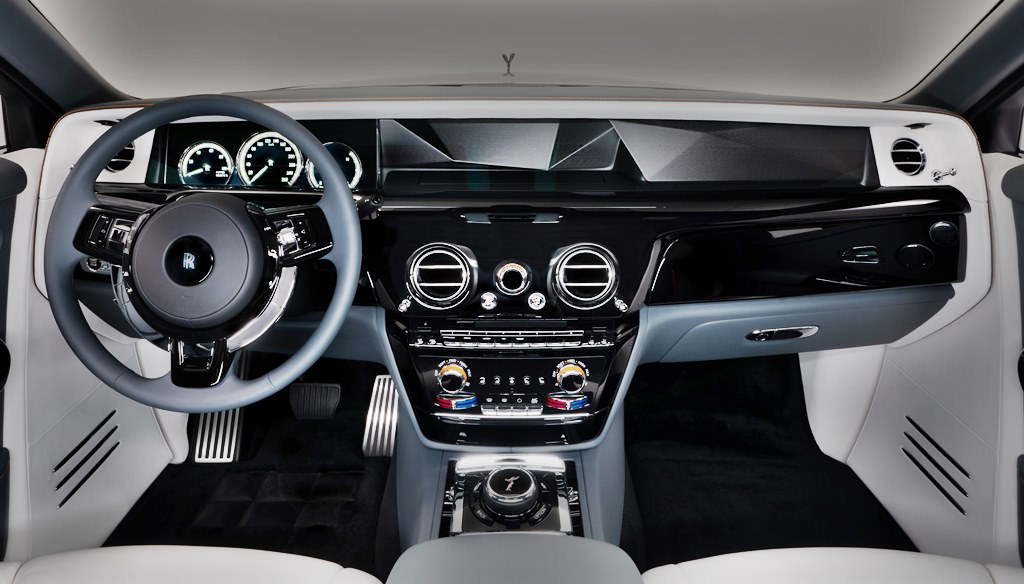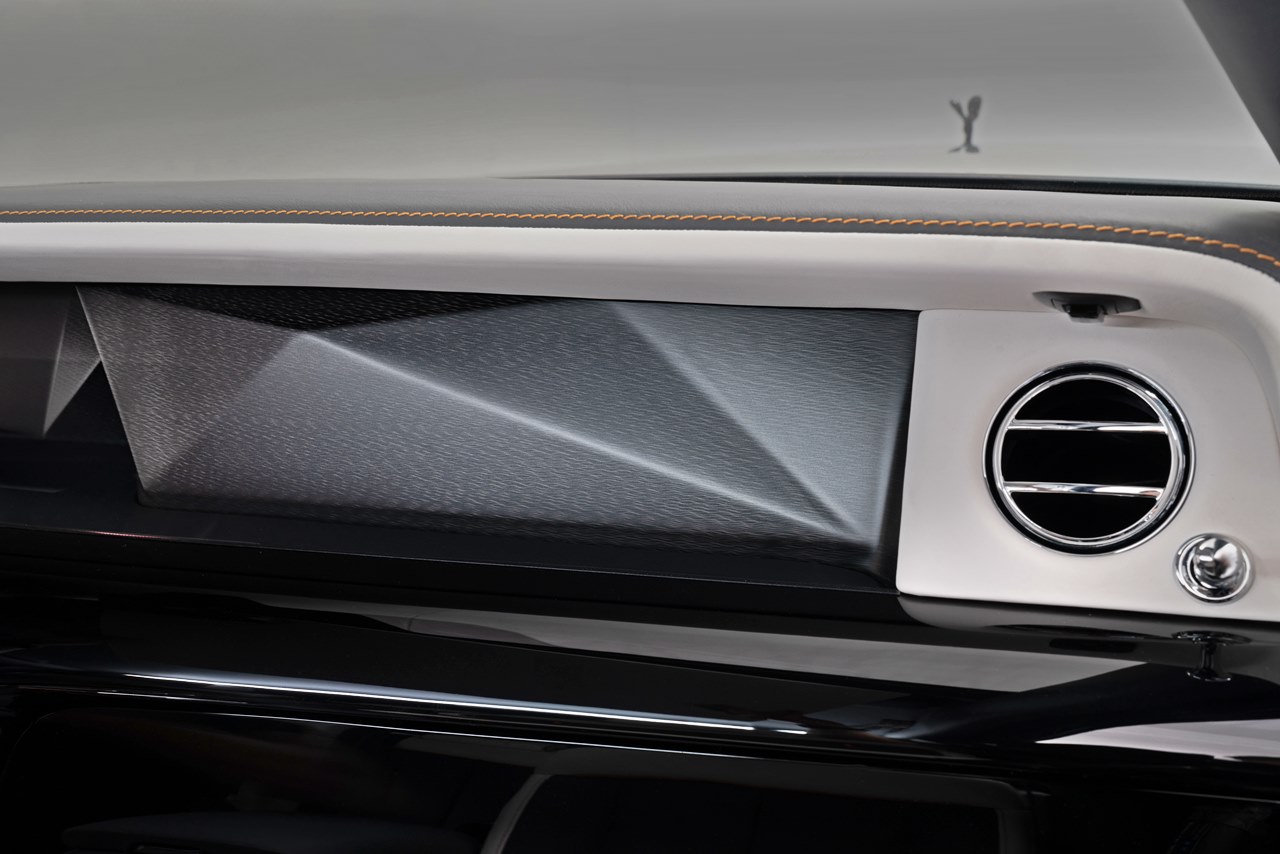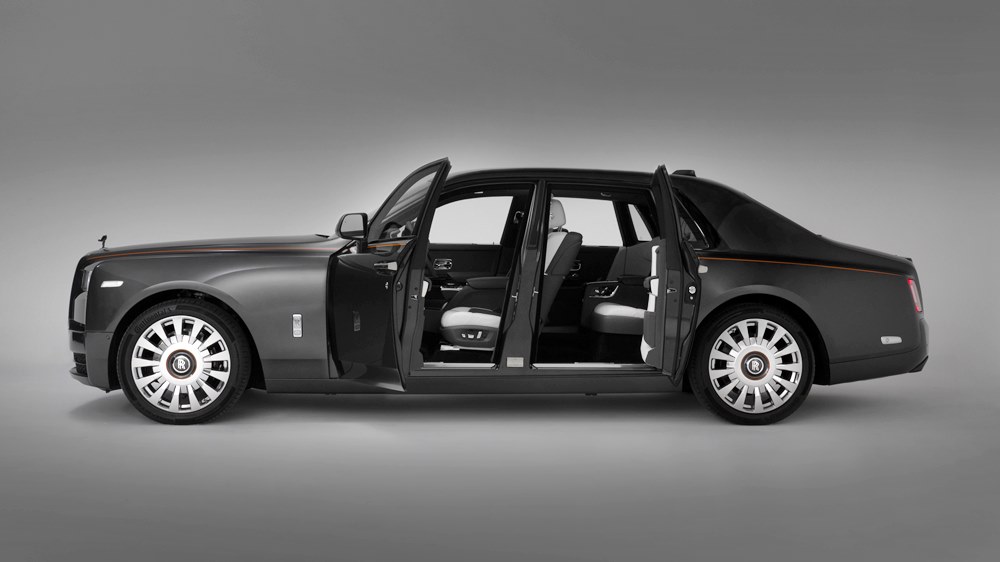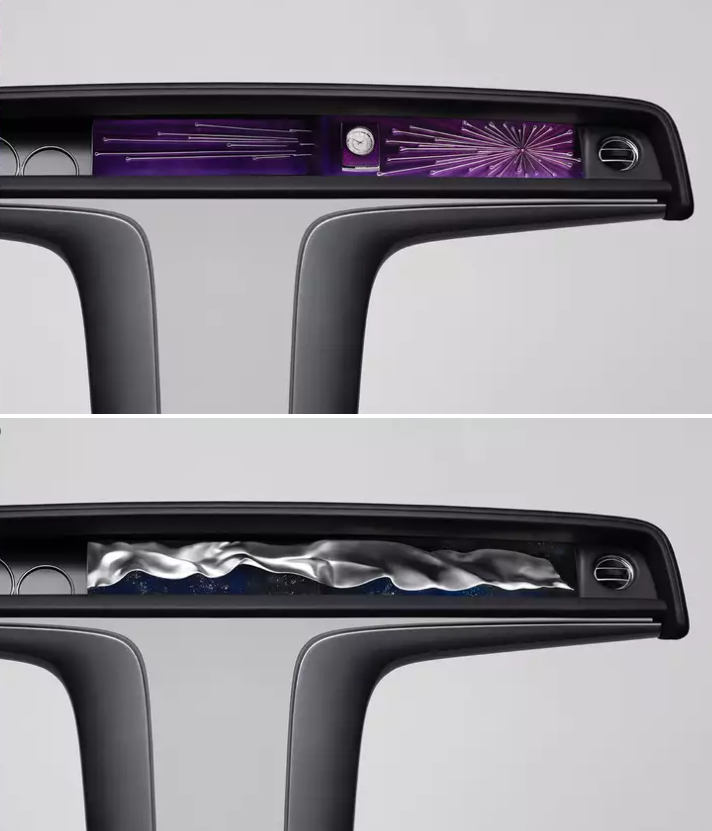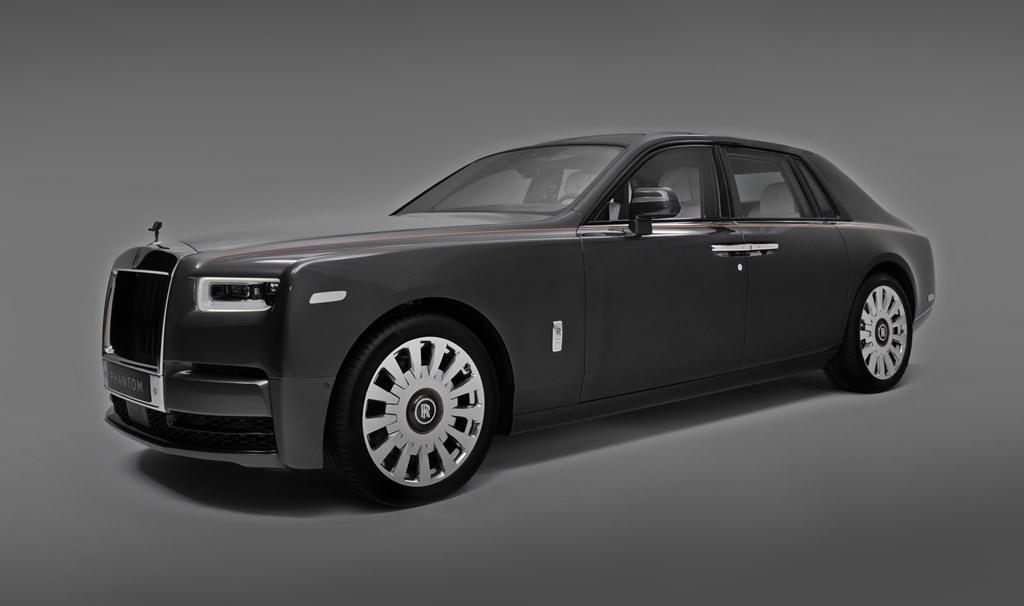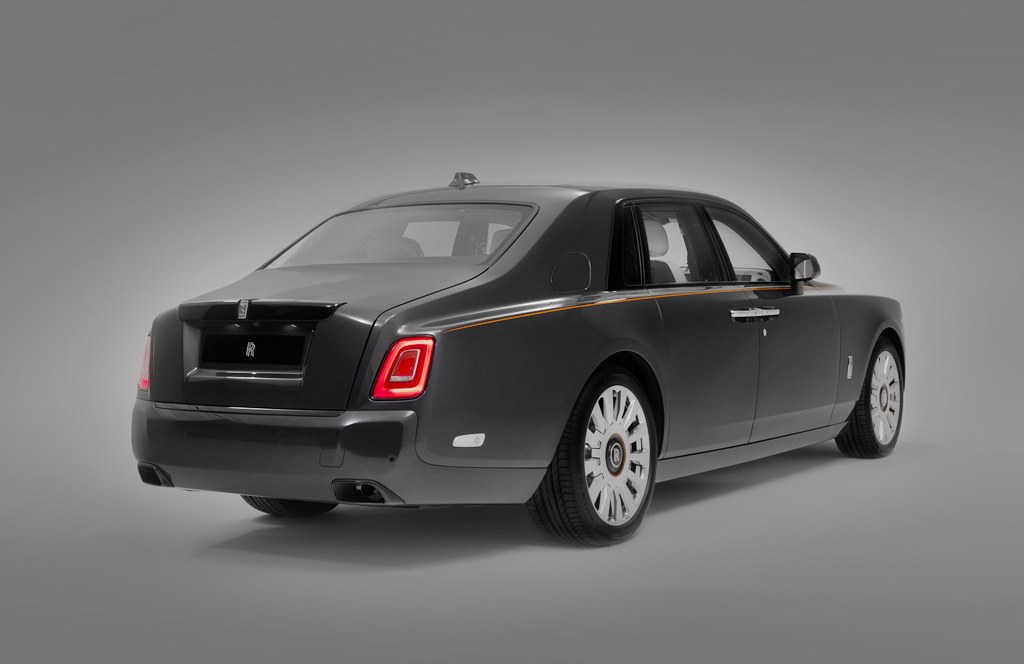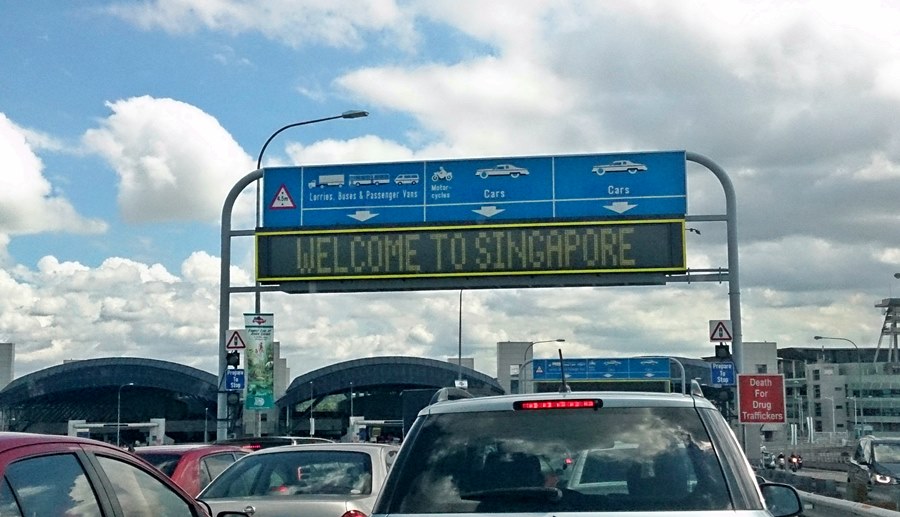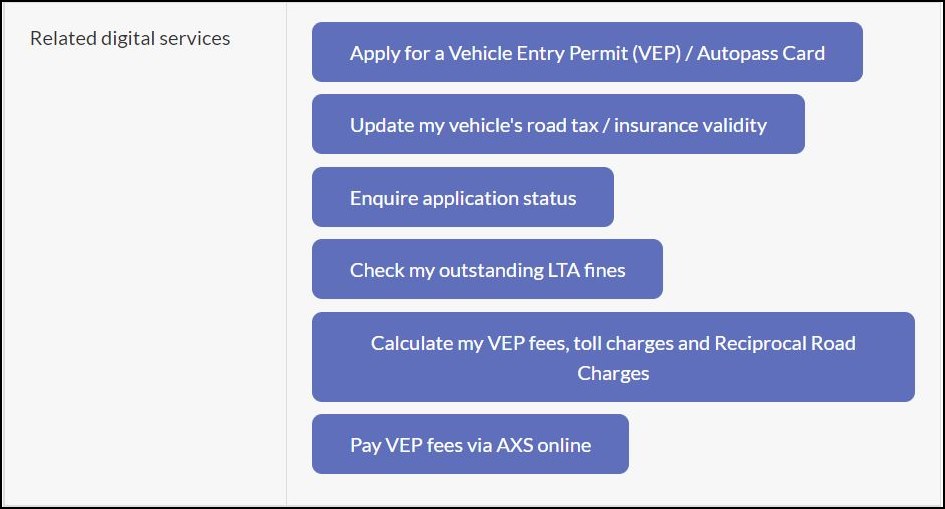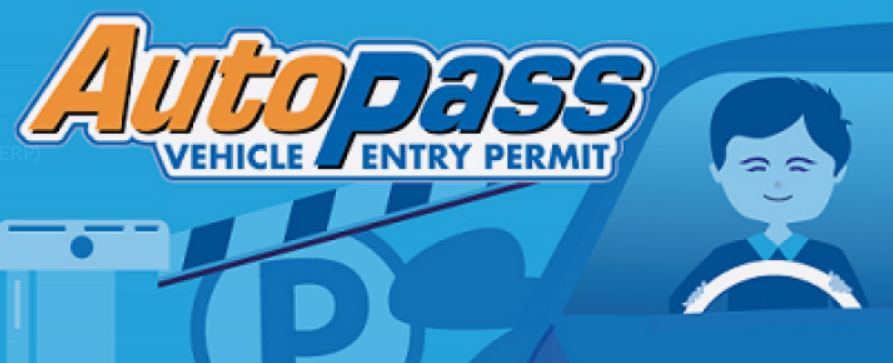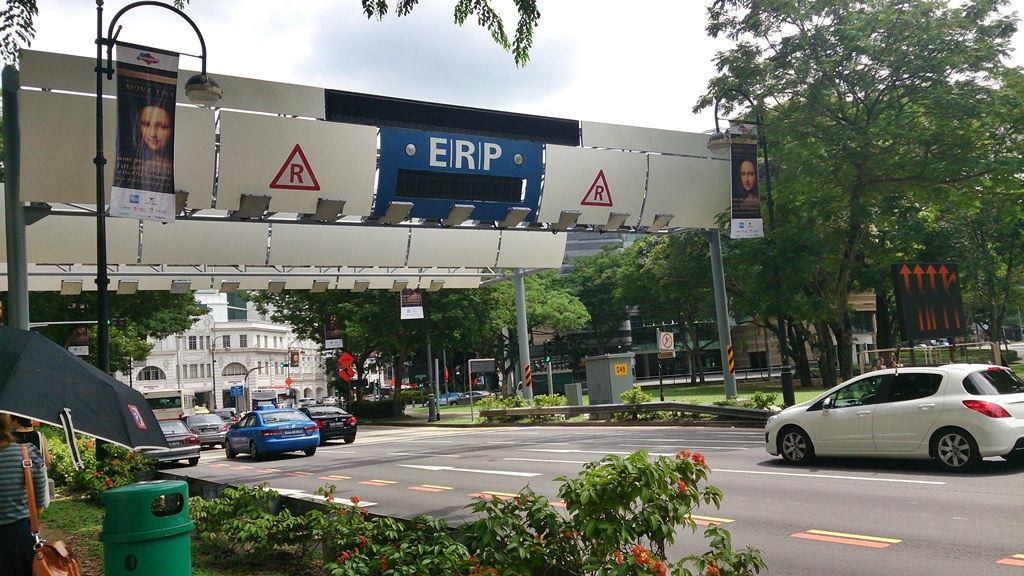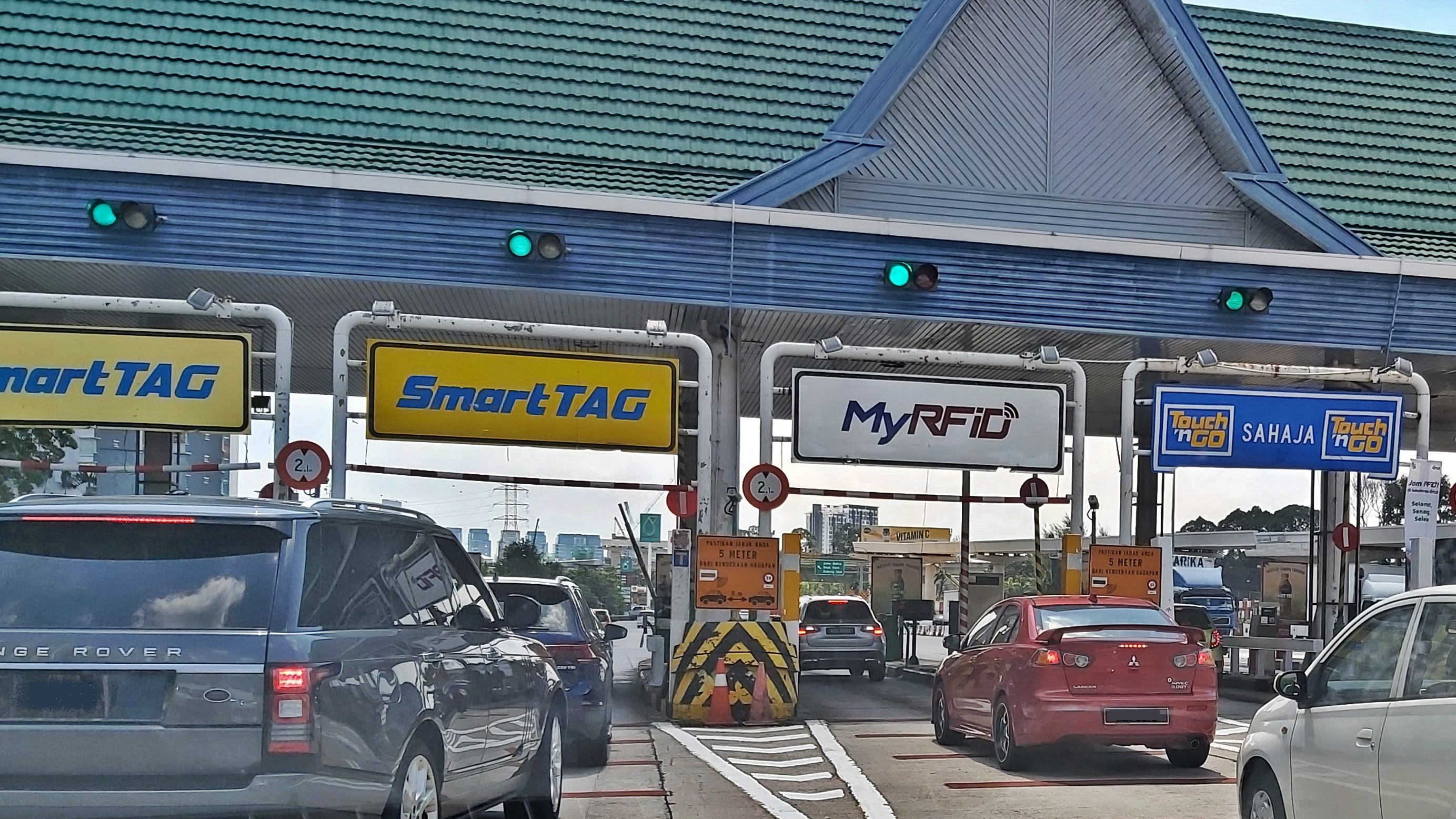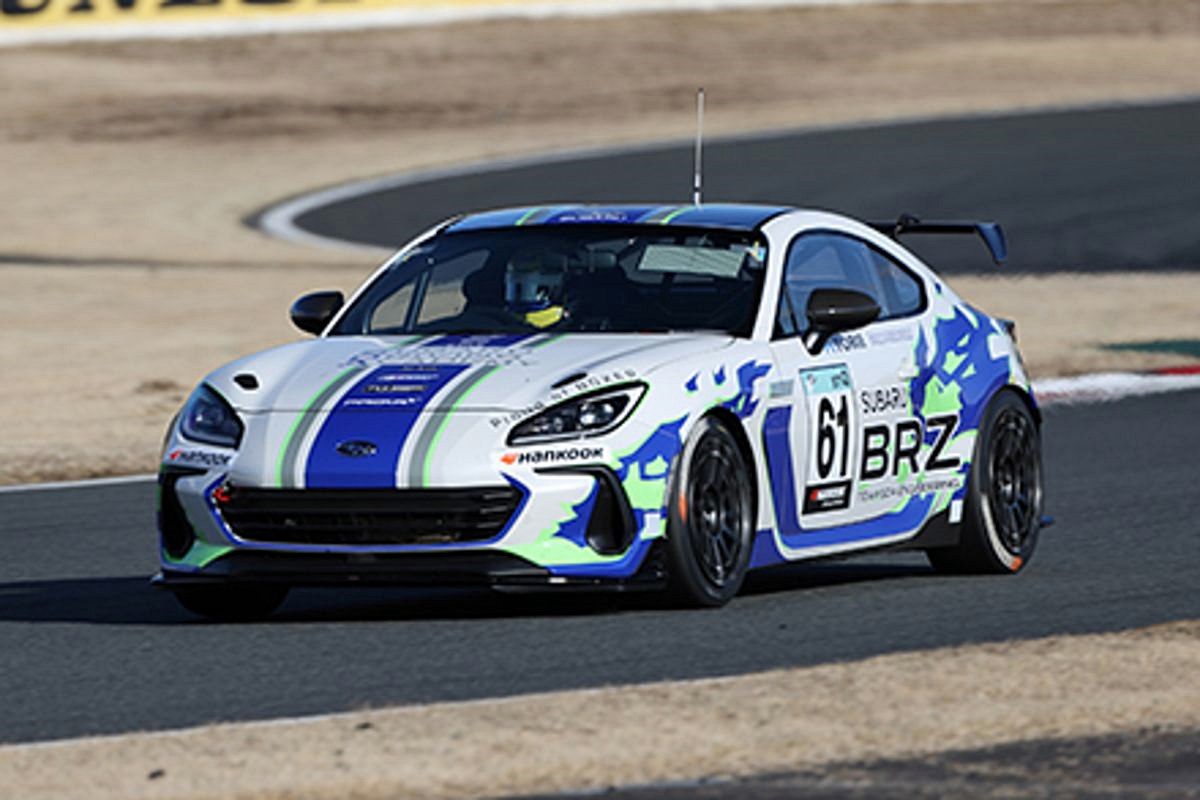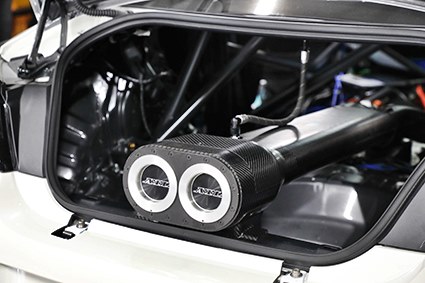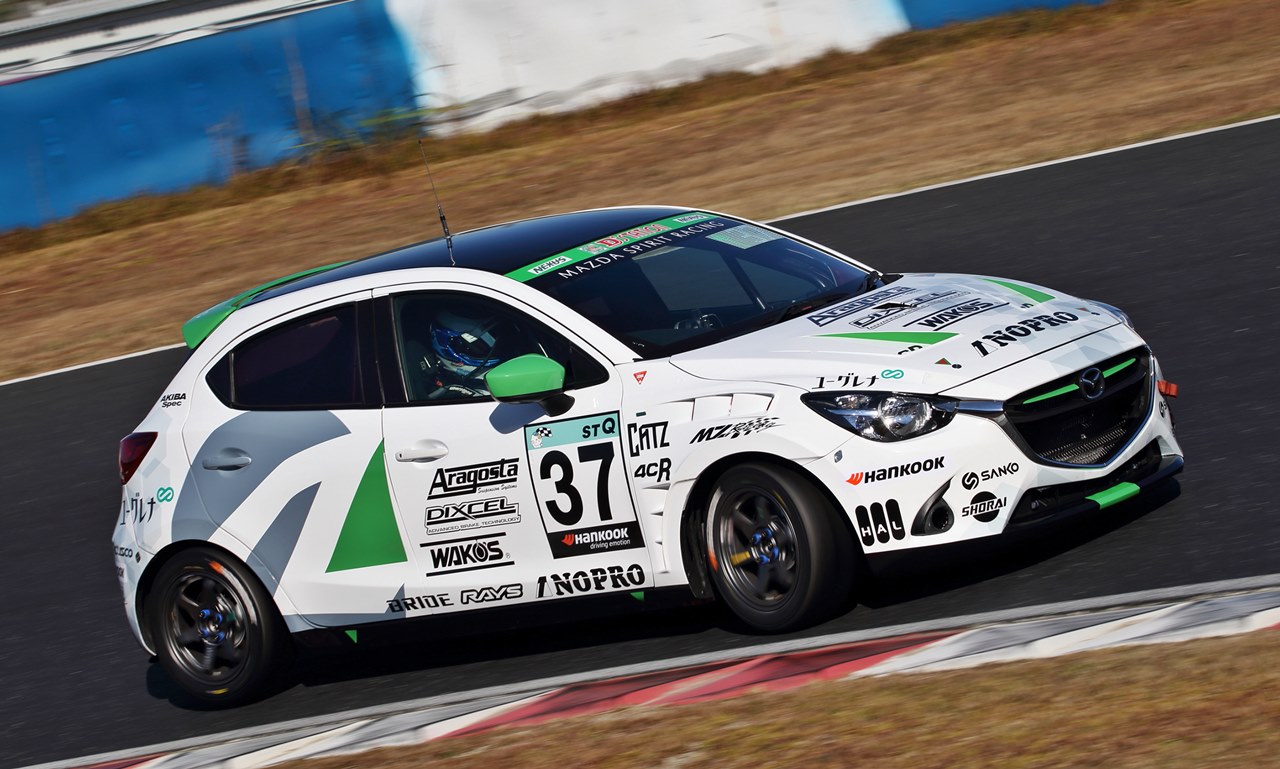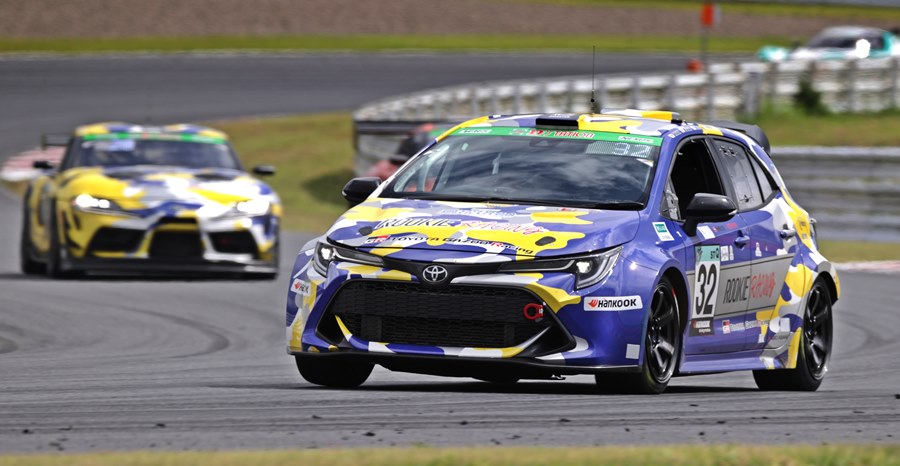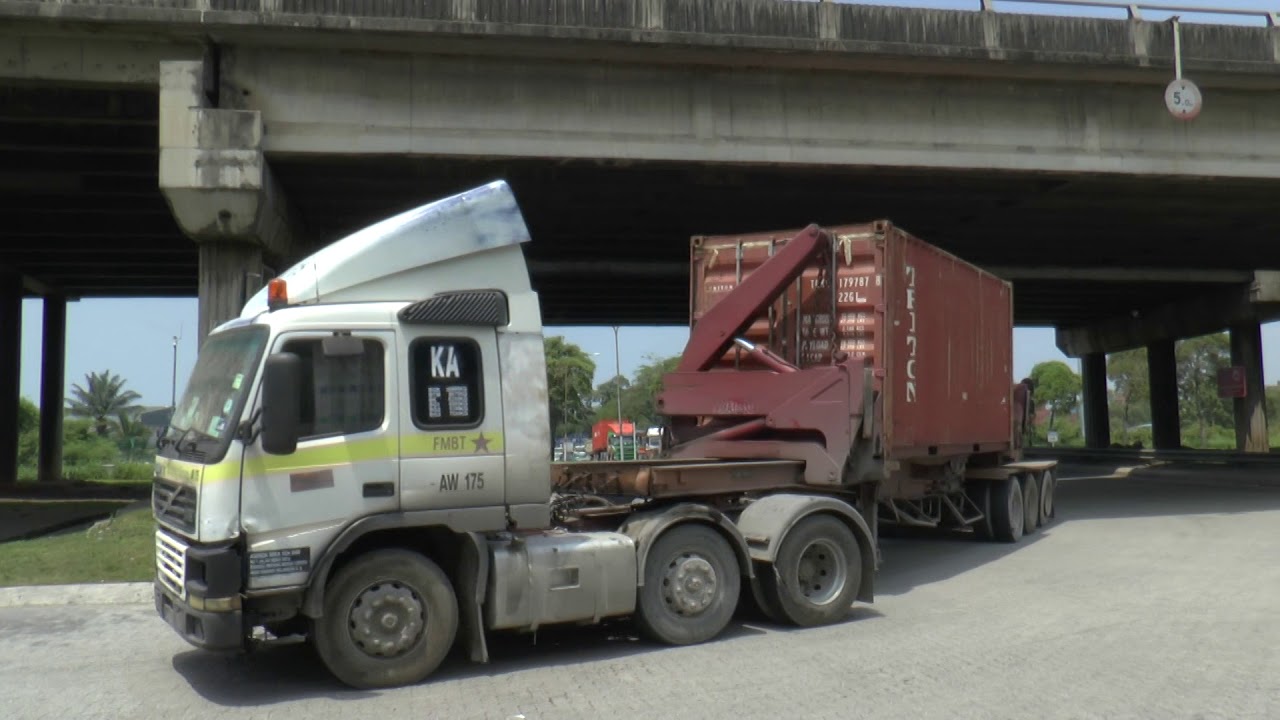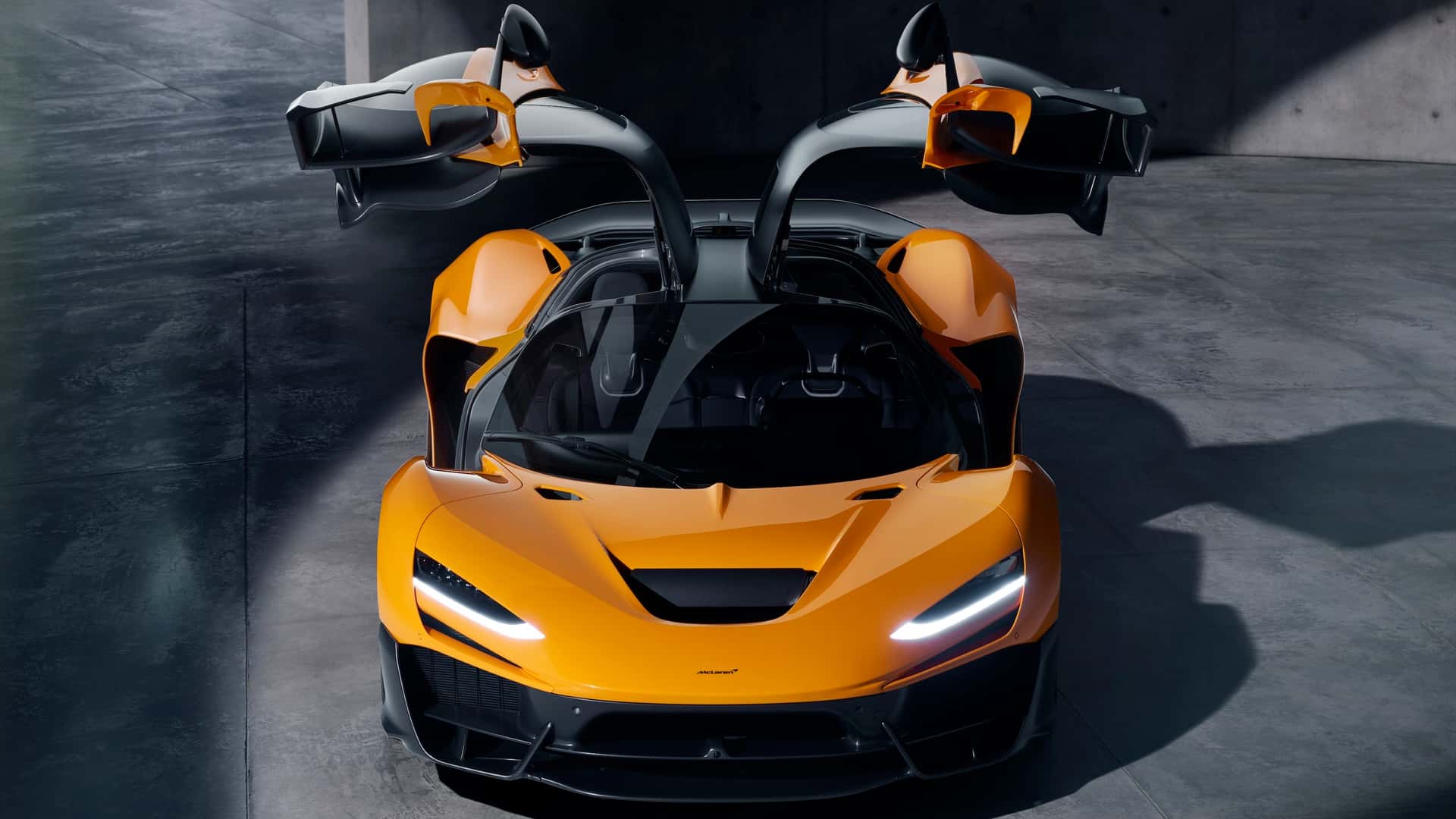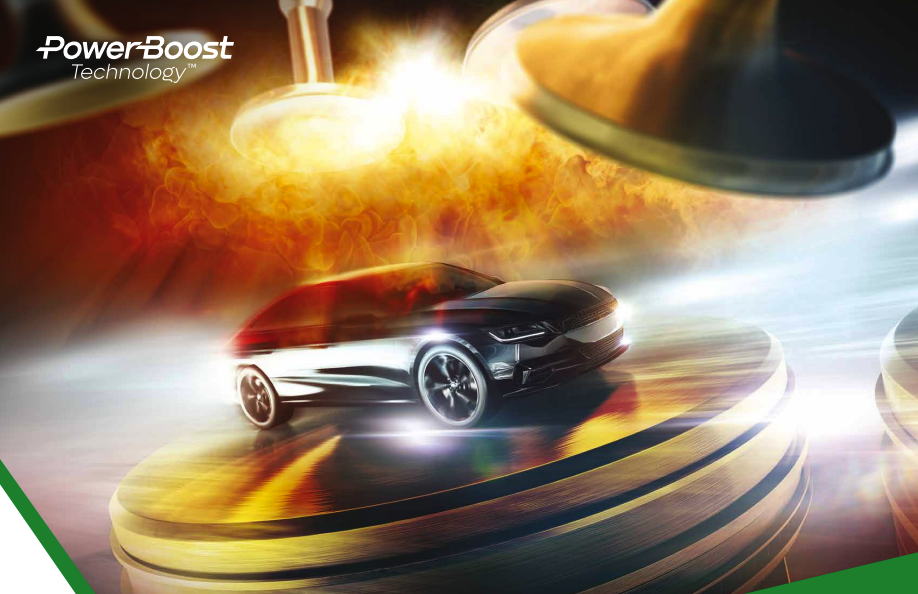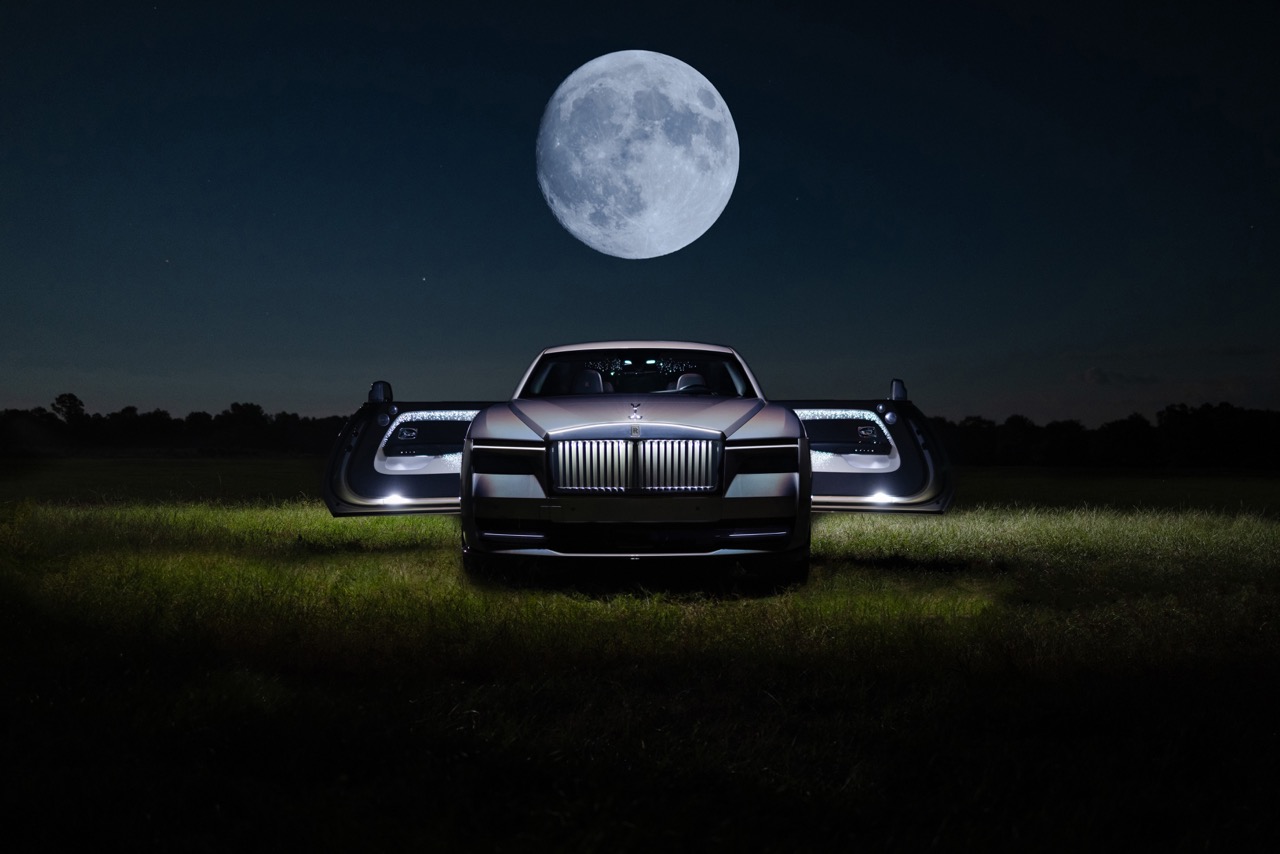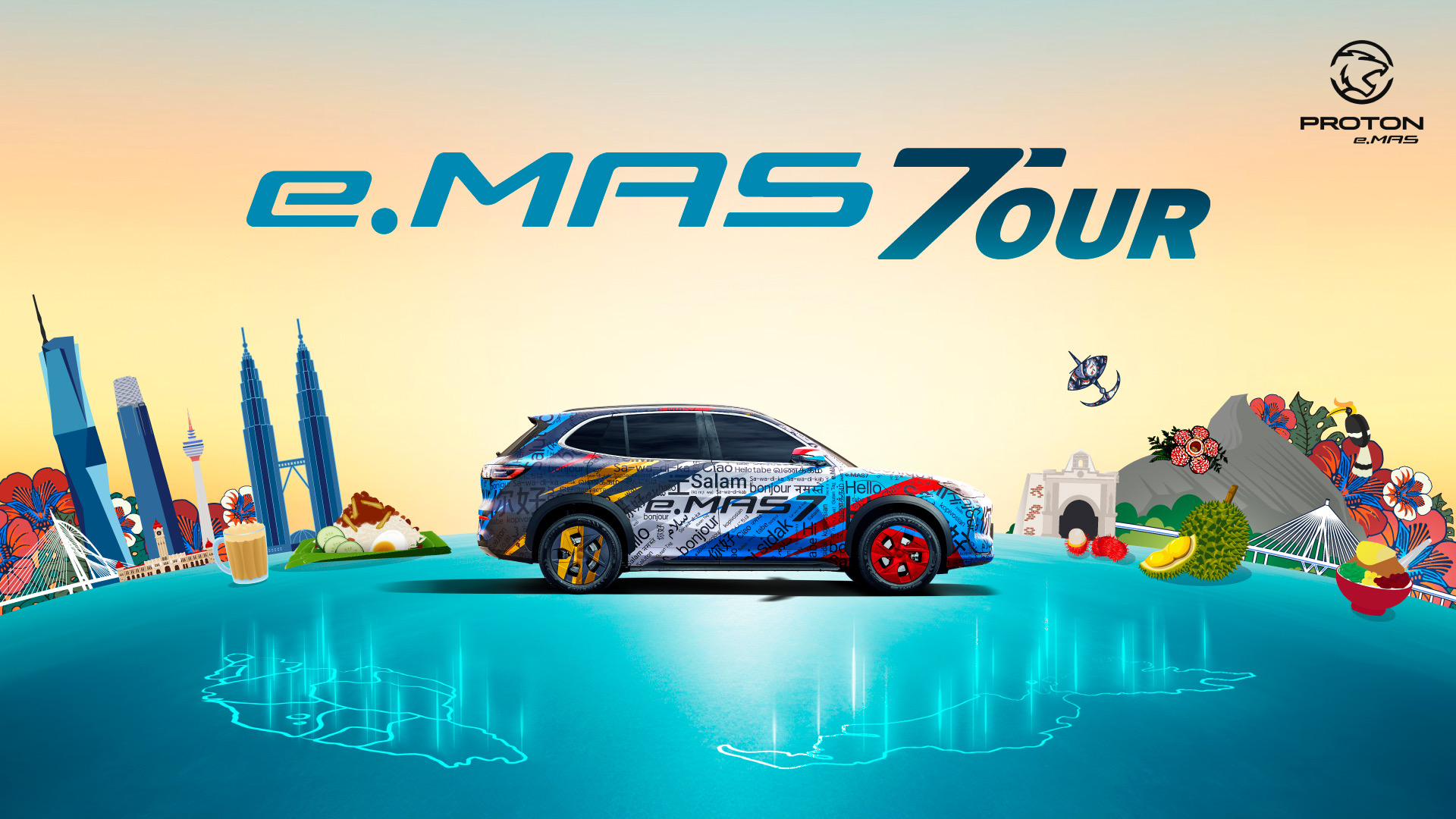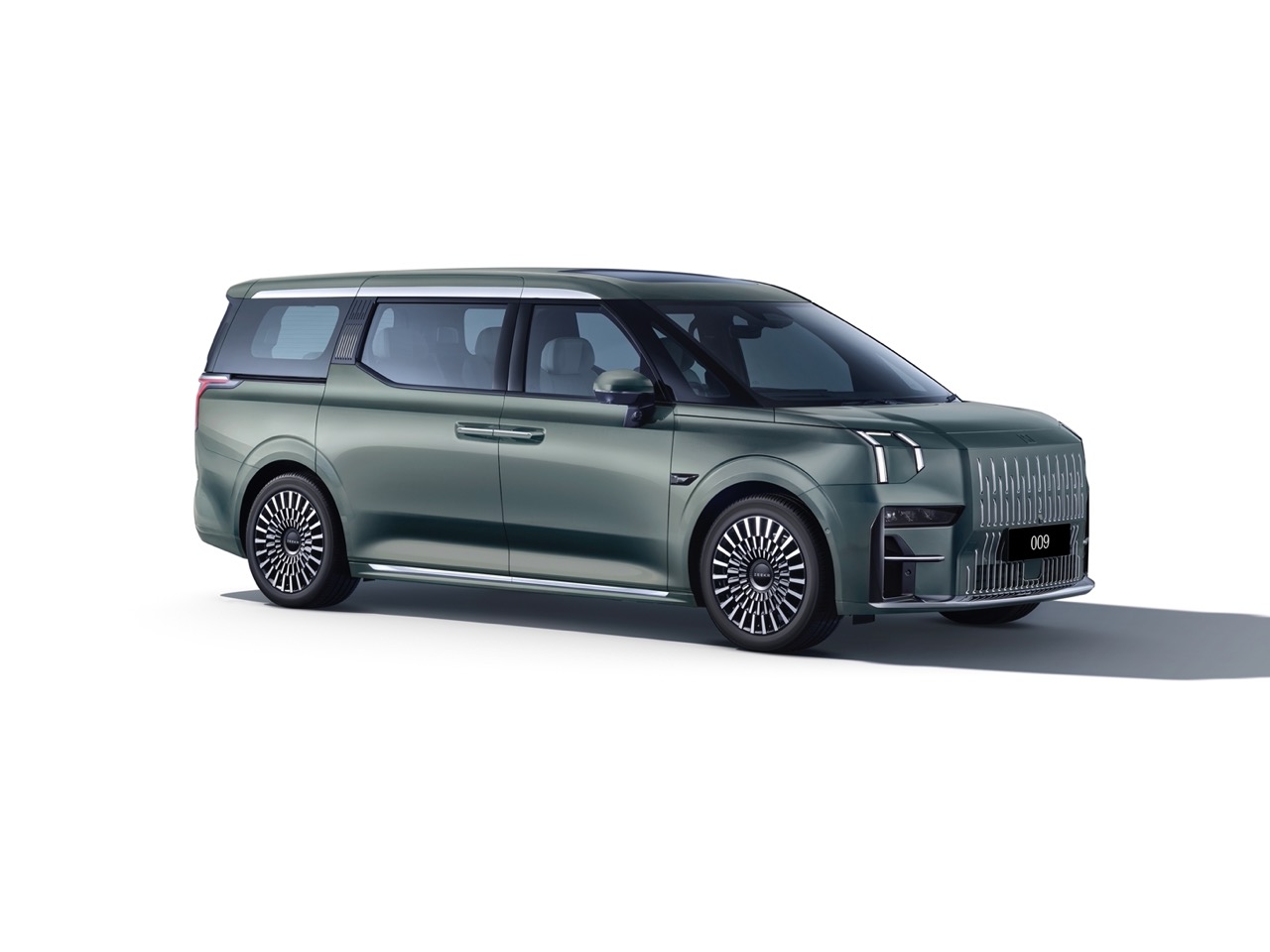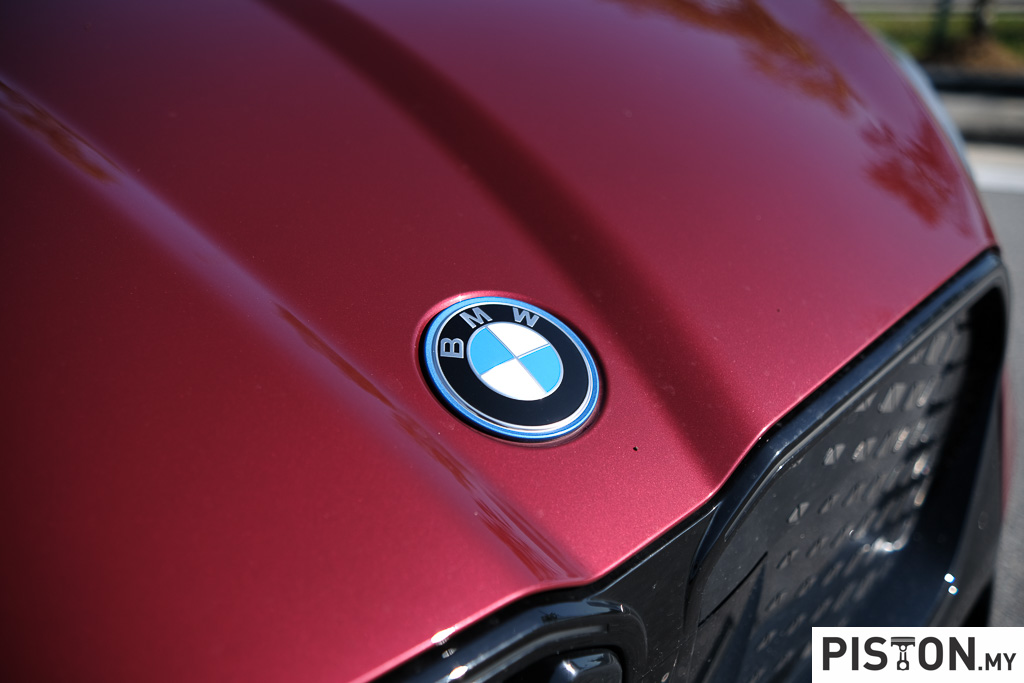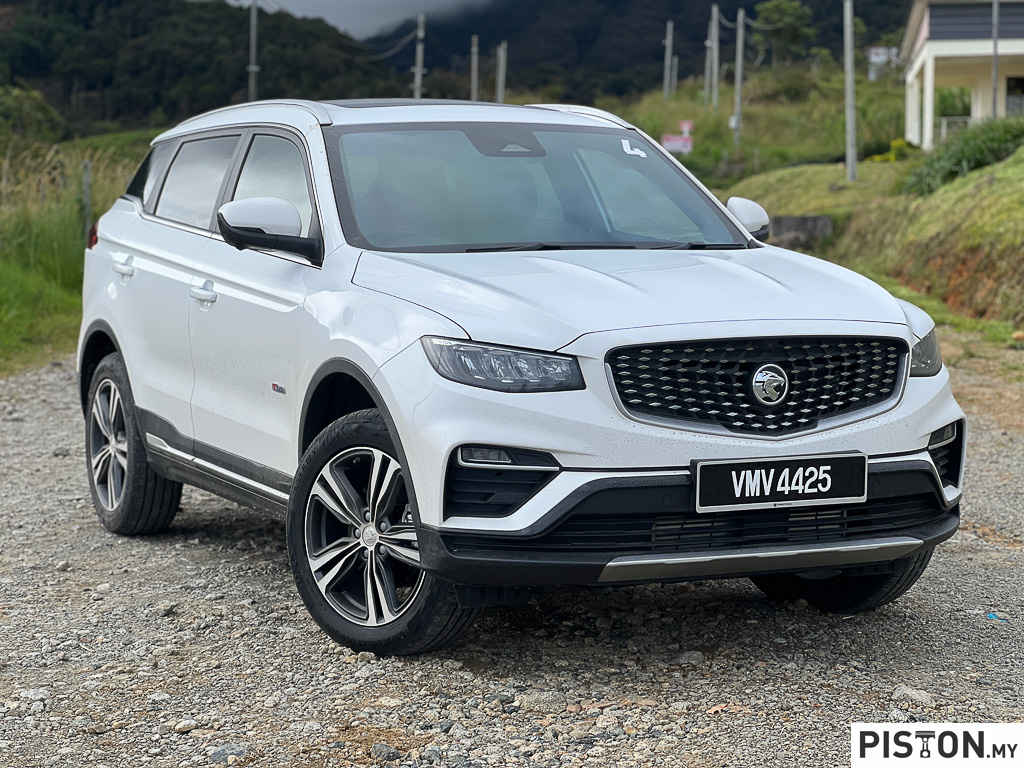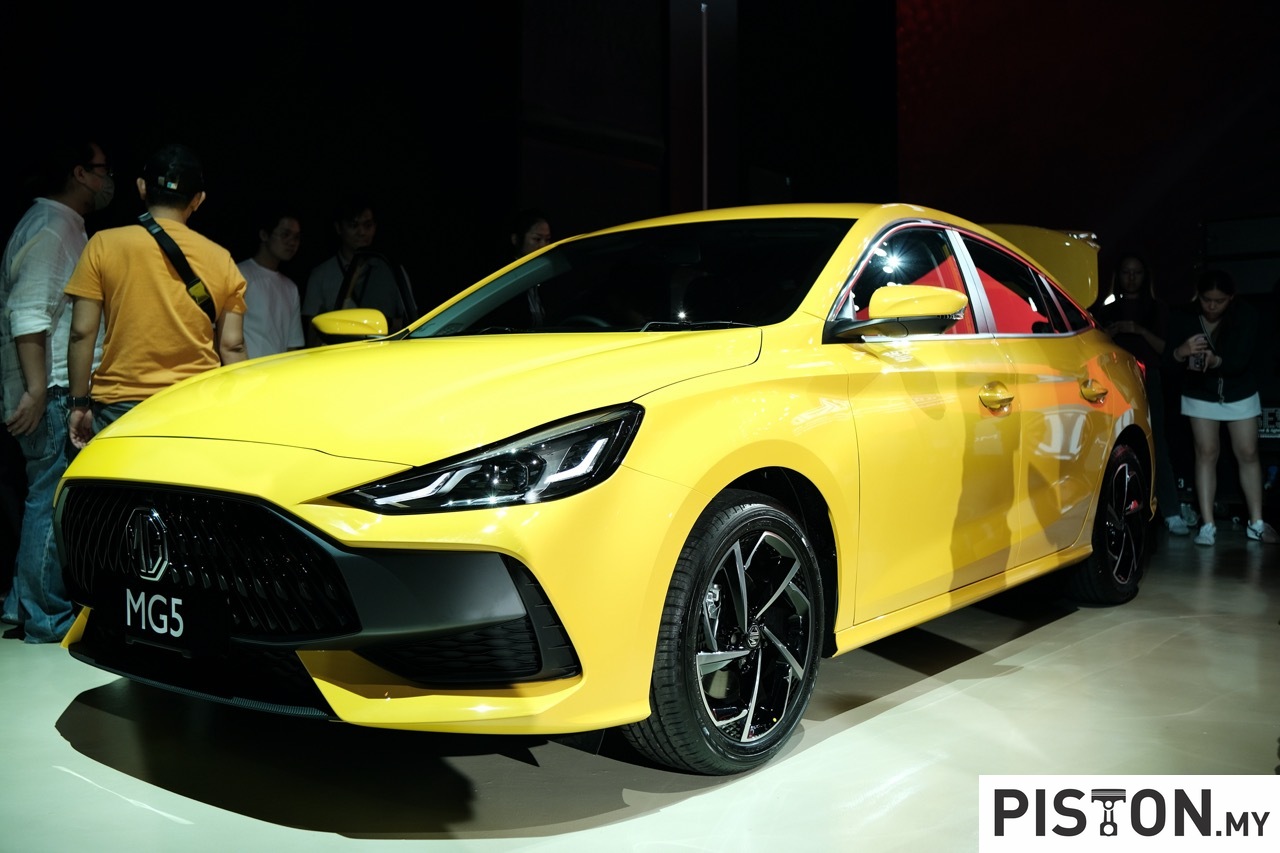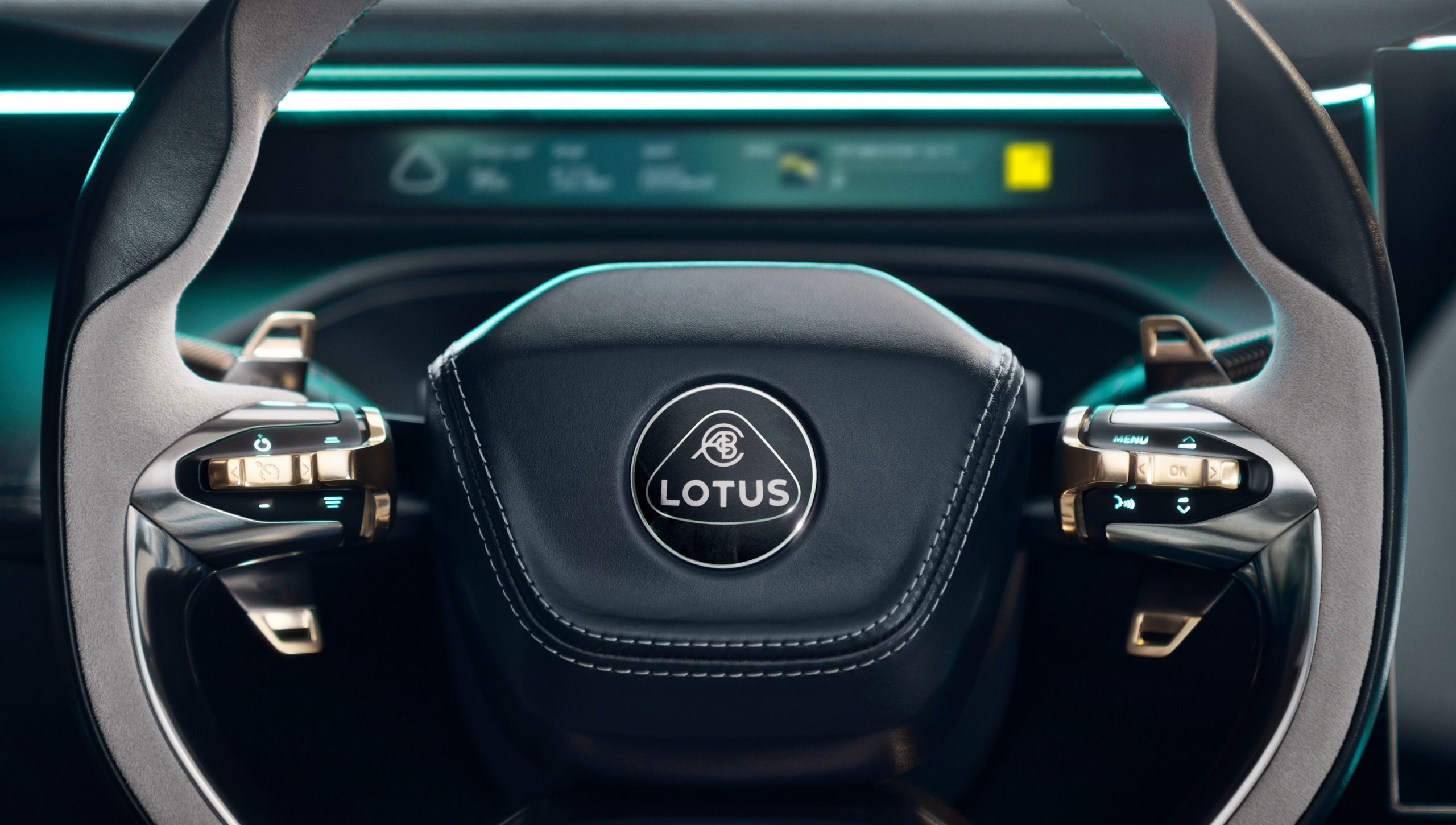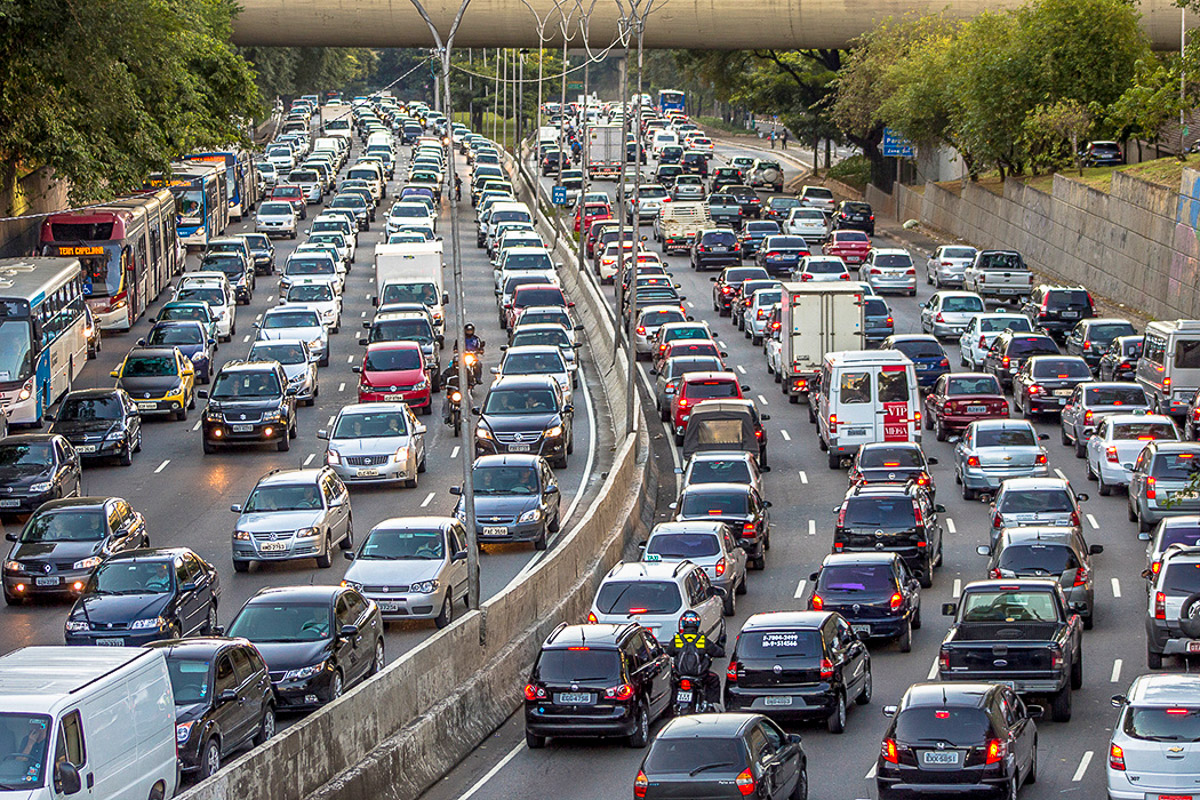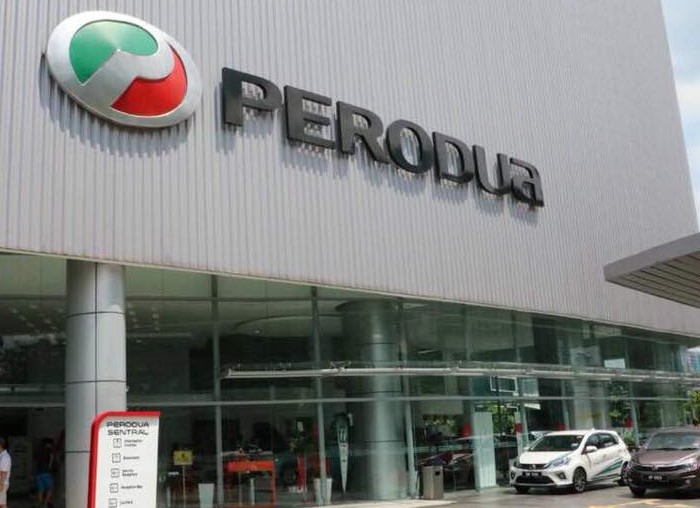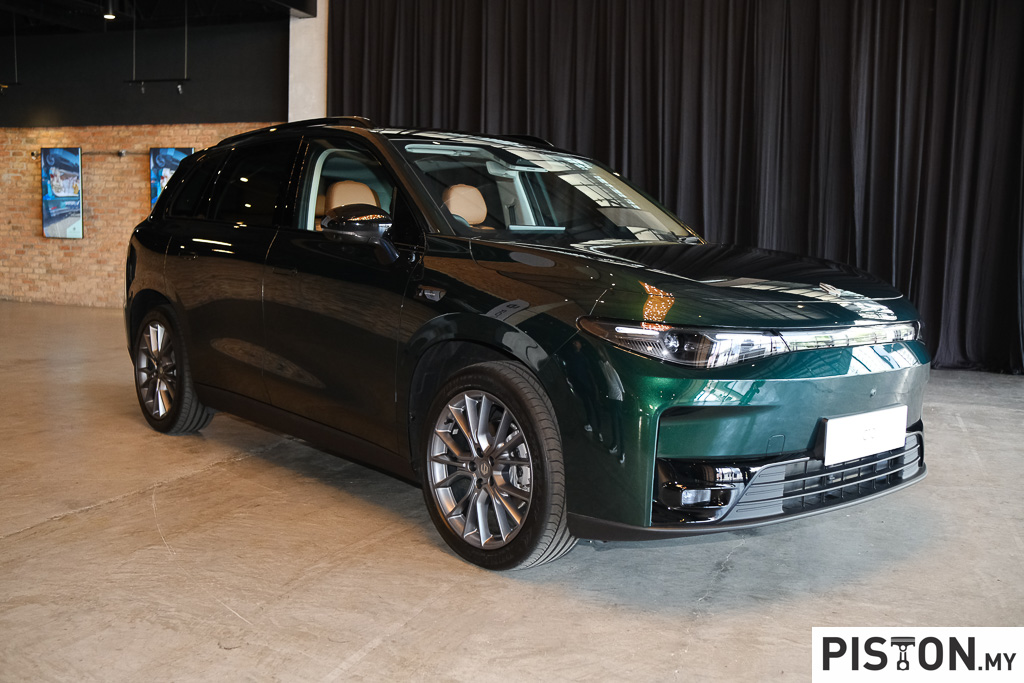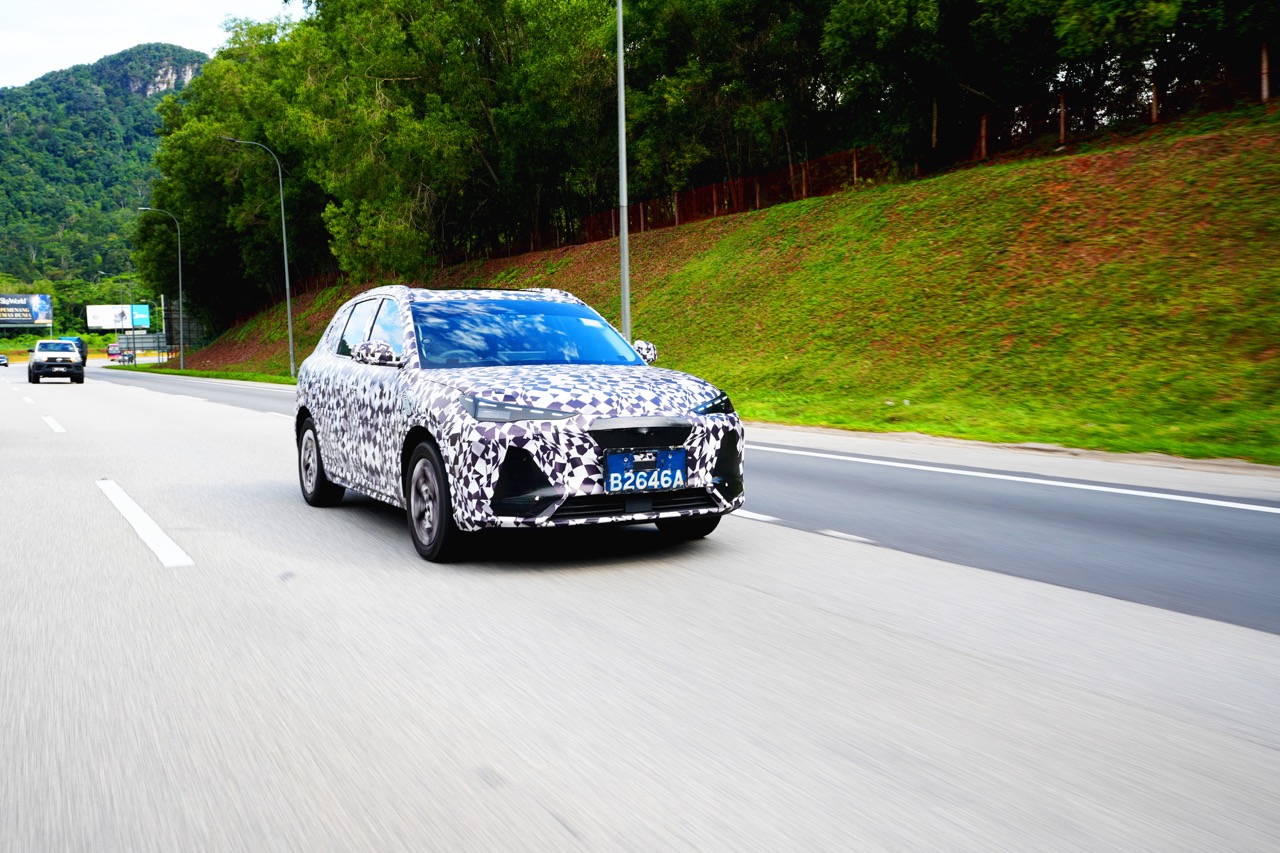The second round of the 2022 Formula 1 World Championship has not been smooth running since the weekend began. First there was the missile attack on an oil depot just 11 kms away from the Corniche Circuit and although many drivers were reluctant to continue through the weekend, they were convinced to do so after assurances from the Saudi Arabian authorities that they would be safe. The Houthis were also said to have assured that they would suspend attacks for 3 days, perhaps understanding a bit about global perception if anything were to happen to F1 participants, even accidentally.
Then there was the nasty accident when Haas F1’s Mick Schumacher hit a wall and had to be hospitalized. Fortunately, he’s okay but he can’t race. And then for Scuderia AlphaTauri’s Yuki Tsunoda (already placed last on the grid as he did not qualify), his race ended before it even started as his car lost power while he was driving it to the start.
[Click here for revised starting grid positions]
When the race got underway, Sergio Perez got off the a good start as his Red Bull team mate Max Verstappen raced past Ferrari’s Carlos Sainz leaving the grid. Many were watching Lewis Hamilton who had been in 16th place after qualifying, and then repositioned two places up after McLaren’s Daniel Ricciardo was given grid penalities. Hamilton had also made a good start and moved 2 places up in the early stages of the opening lap. Alfa Romeo’s Zhou, however, seemed to slip backwards a place or two at the start, bumping into Ricciardo as well.
On lap 5, the two BWT Alpine drivers began fighting each other to move into sixth place. Fernando Alonso had attempted to get past his team mate who was unwilling to let him through. Alfa Romeo’s Valtteri Bottas was closing in and watching the tussle and looking to take advantage of it to get past but Ocon held him back too. That little battle between Ocon and Alonso can’t have pleased the team boss.
The Alpine battle was helpful for Mercedes-AMG’s George Russell who had moved one position up from starting sixth. He was about 12 seconds back from the next car (Sainz) and could concentrate on steadily moving closer with a 10-second gap behind him on lap 12. By then, his team mate Hamilton had moved into 11th place.
Zhou had managed to get up to 13th but on lap 13, he had overtaken Williams’ Alexander Albon whose rear tyres were gone. The pass was done off the track and the Stewards spotted it and gave him a 5-second penalty for that.
Lap 16 saw the first accident as Williams’ Nicholas Latifi went into the barriers near the final corner. This brought out the Virtual Safety Car (VSC) and many drivers took the chance to head to the pits for a tyre-change. Perez too came in, which let Leclerc take over the lead as the VSC was replaced by a real Safety Car to manage the flow while the damaged racing car was removed. At least 3 cars (Hamilton among them) did not come in and they had all started on Hard tyres.
The Safety Car left the track on lap 20 and racing resumed with Leclerc in the lead and Verstappen almost in his slipstream. A frustrated Perez was third, also not far from the front and although he tried, he was unable to stop Sainz from getting past as well and instead watch out for Russell coming up. Incidentally, both Ferraris had switched to Hard tyres when they came in.
Magnussen didn’t give up trying even after Hamilton had passed him and interestingly, both cars were still on their starting Hard tyres after more than 30 laps as they had not gone in during the Safety Car period for a change. Aston Martin’s Nico Hulkenberg, running in 14th, was the only other driver who was still running on starting tyres.
As lap 37 started, Alonso’s car seem to drop back with a noticeable reduction in speed. After having made it past Magnussen, he very quickly slipped back down the field and then radioed that the Alpine had no power. He tried to roll back to the pits but could not and parked so the VSC came out.
Then Ricciardo also reported that his McLaren had lost power and he had to stop right at the pit entrance, blocking it to Hamilton who was planning to come in. Bottas had come in earlier and not departed so he too retired. The VSC was kept active for another few laps as efforts were made to clear the Alpine.
9 laps remained when the VSC went off and Hamilton rushed into the pits to get Medium tyres. When he rejoined, he was just behind Magnussen who was in 11th.
On lap 43, Verstappen went into attack mode and swept past Leclerc, but the Ferrari driver did not give up easily and fought back to regain the lead. Behind, the other Red Bull with the Mexican in it was also duelling with Sainz. Much drama as the race was in its final laps.
There was last-minute drama as Albon and Aston Martin’s Lance Stroll came into contact and the yellow flags came out. But it was a close fight as the leaders exchanged positions and Verstappen seemed to hold the lead better. And then it was over – Verstappen got across the finish line half a second ahead to win the 2022 Saudi Arabian Grand Prix.




